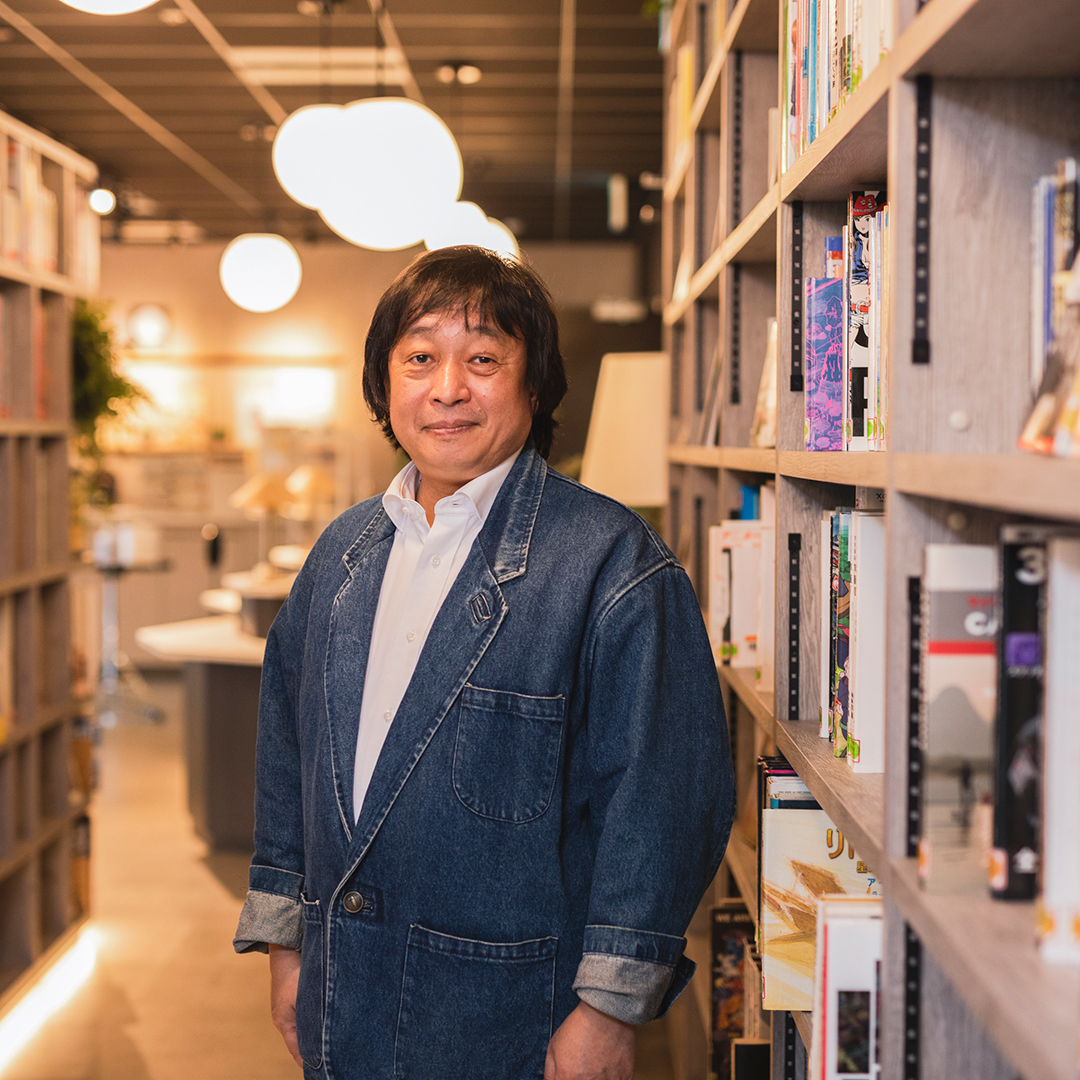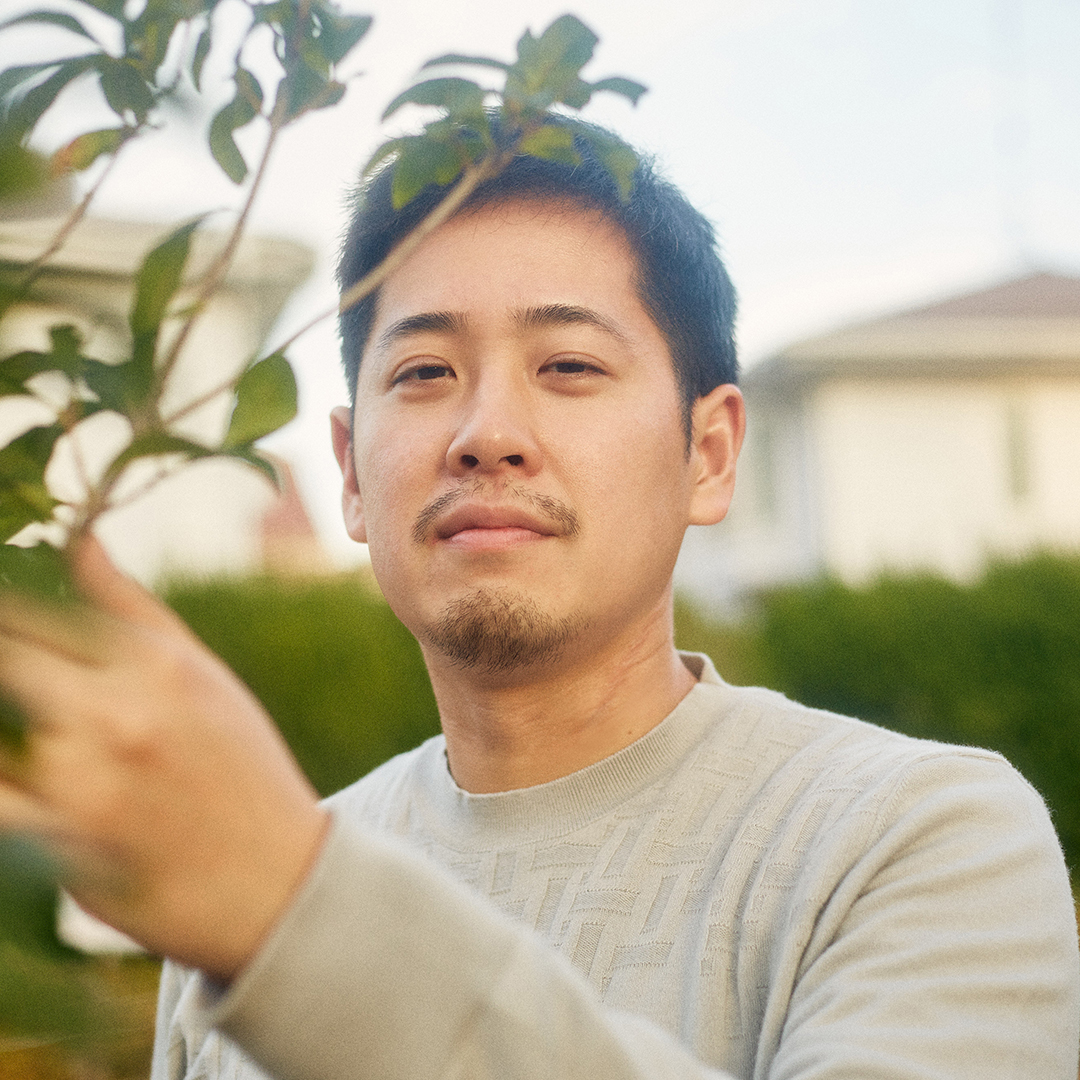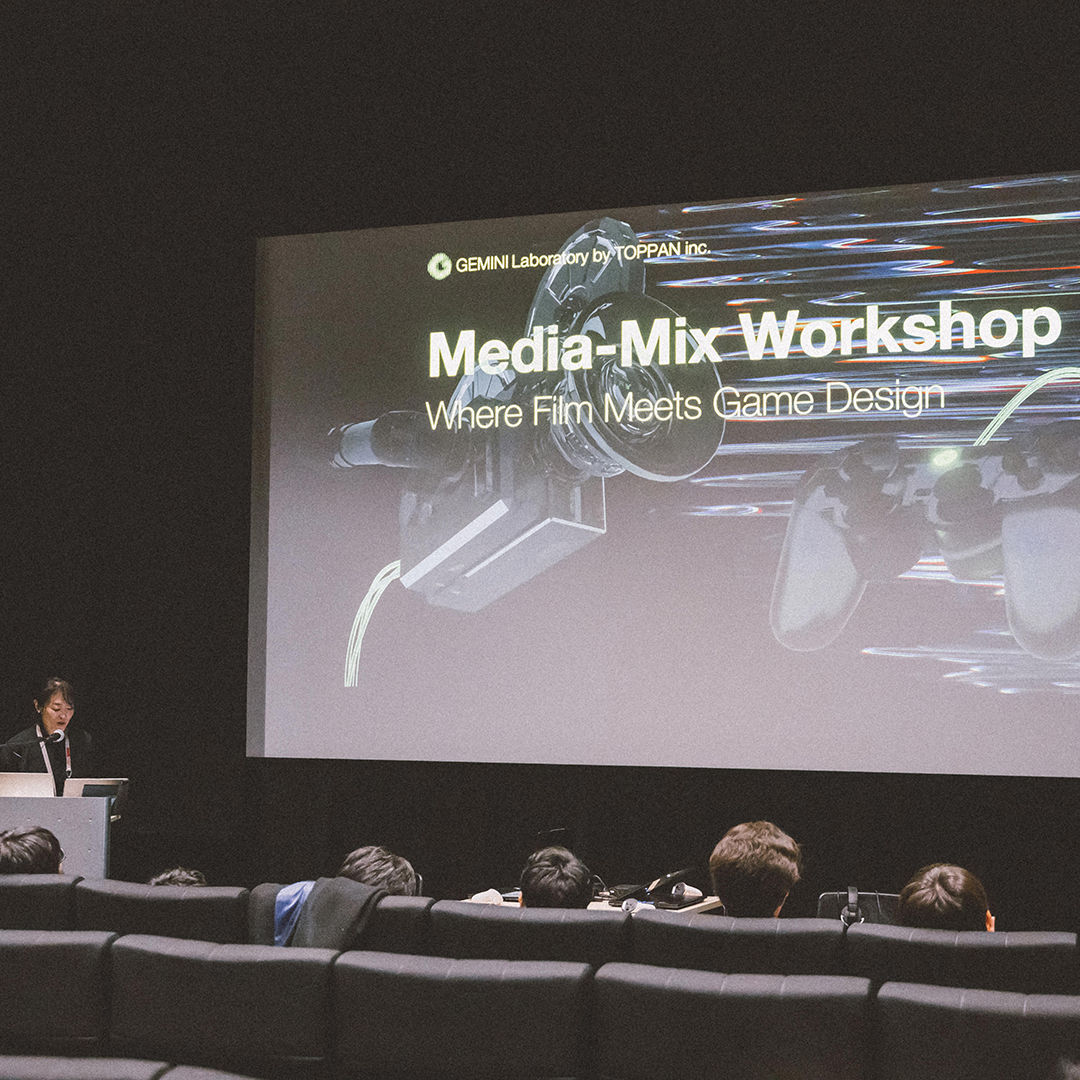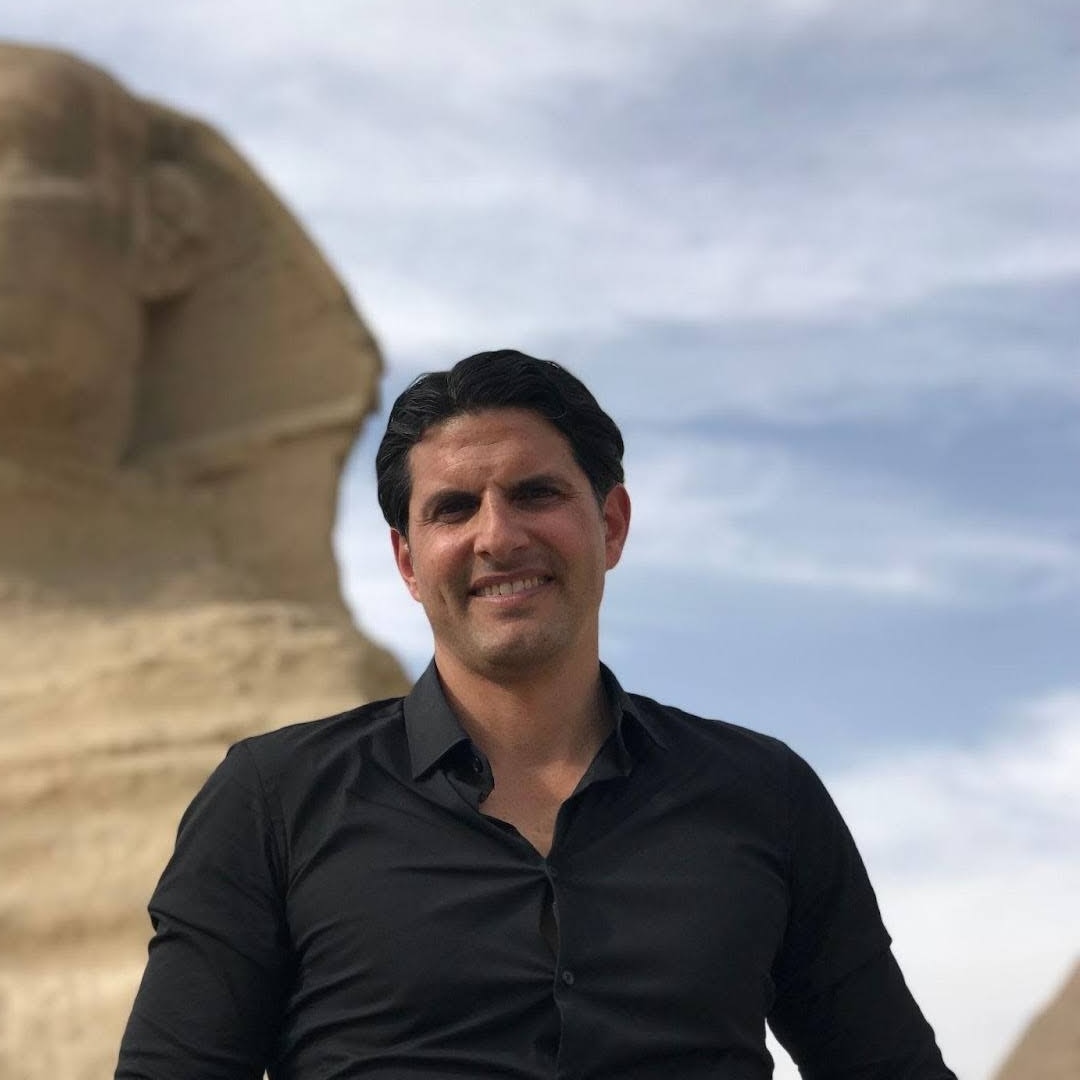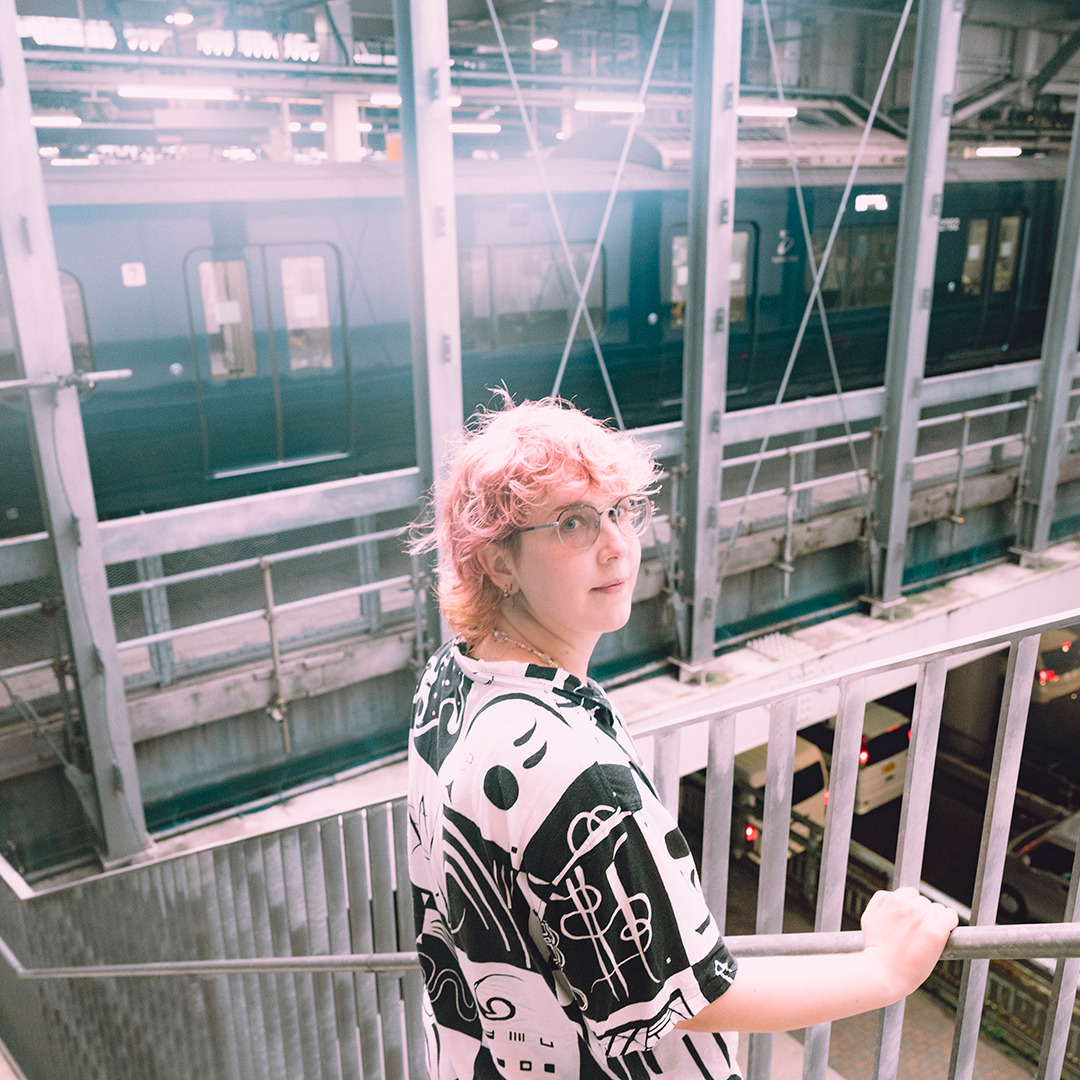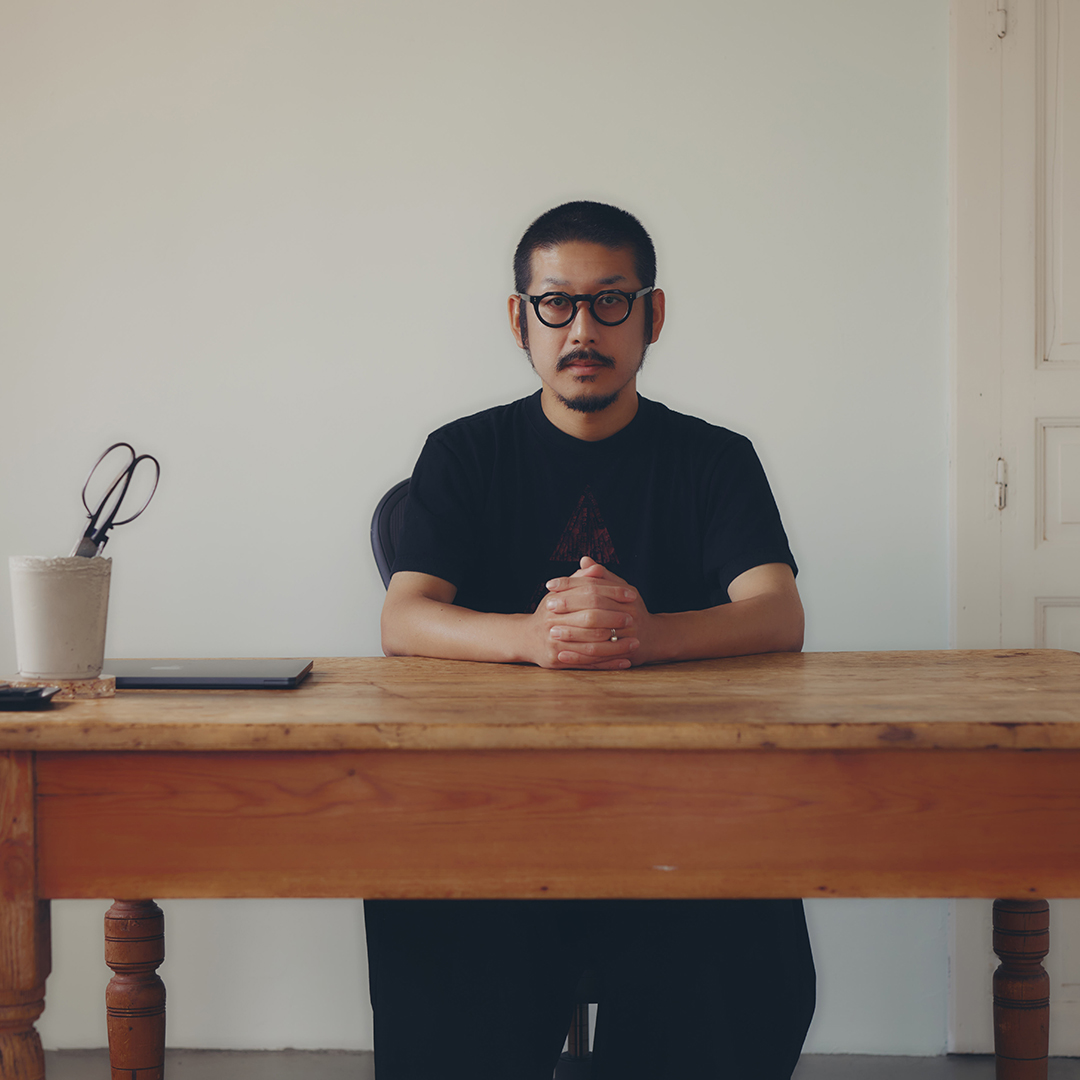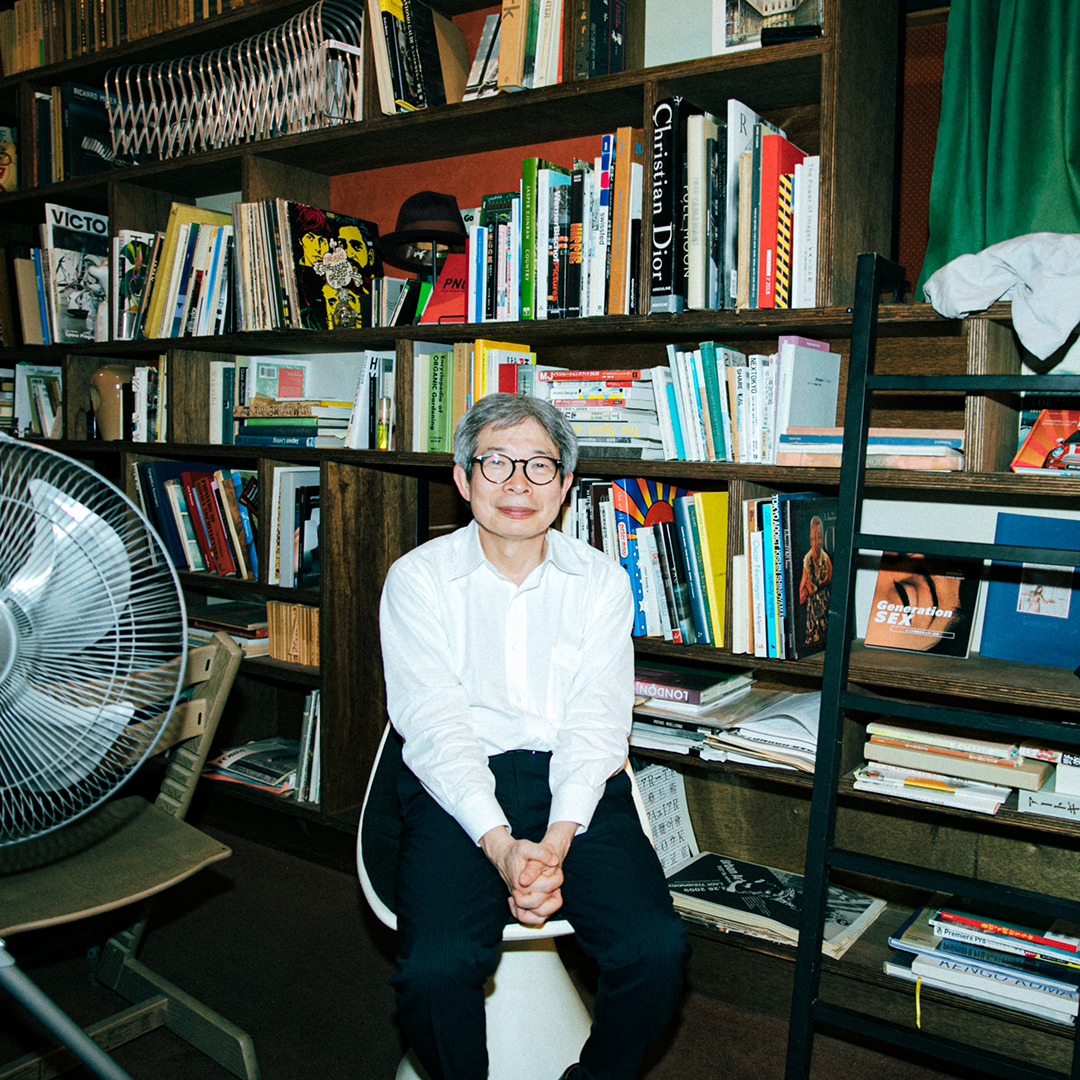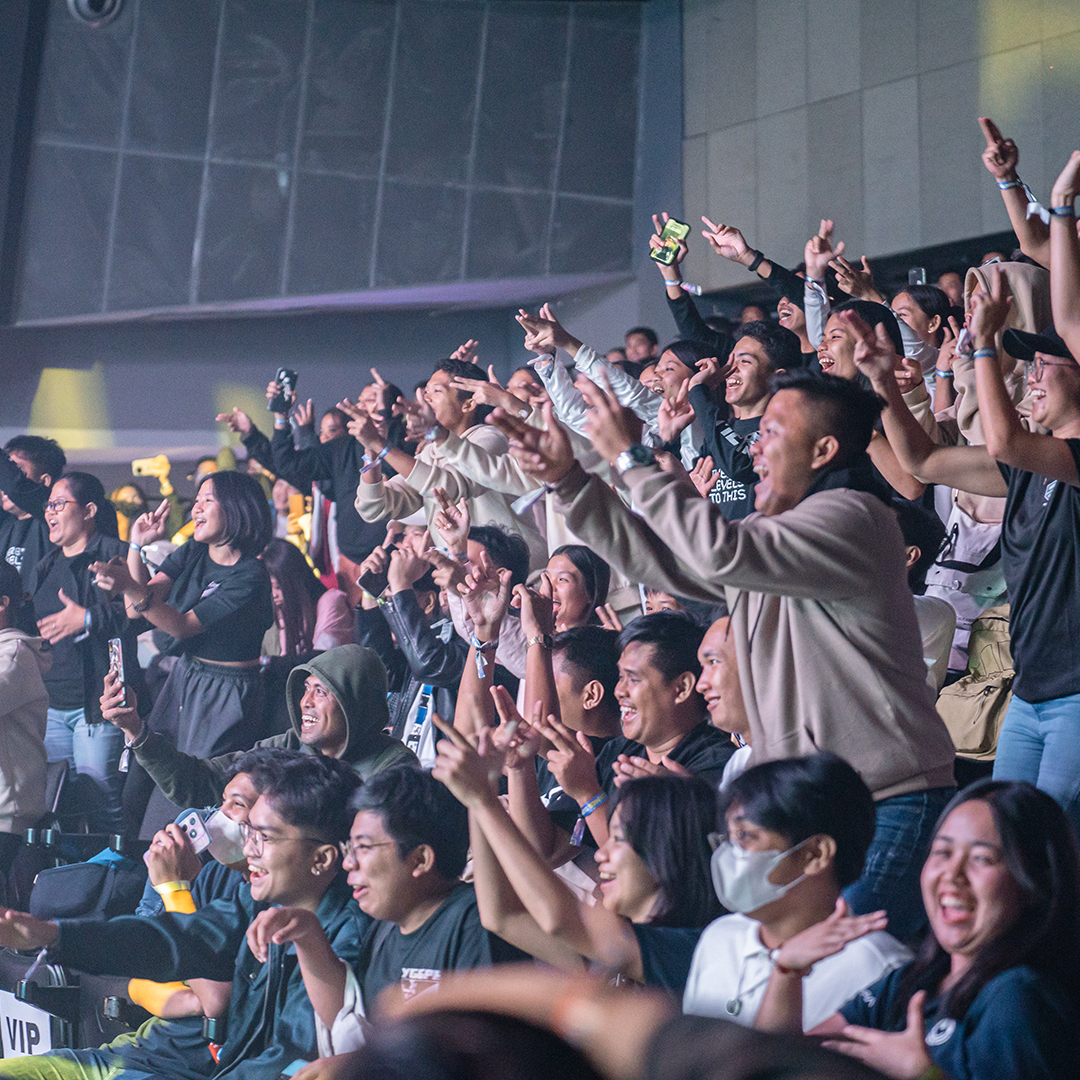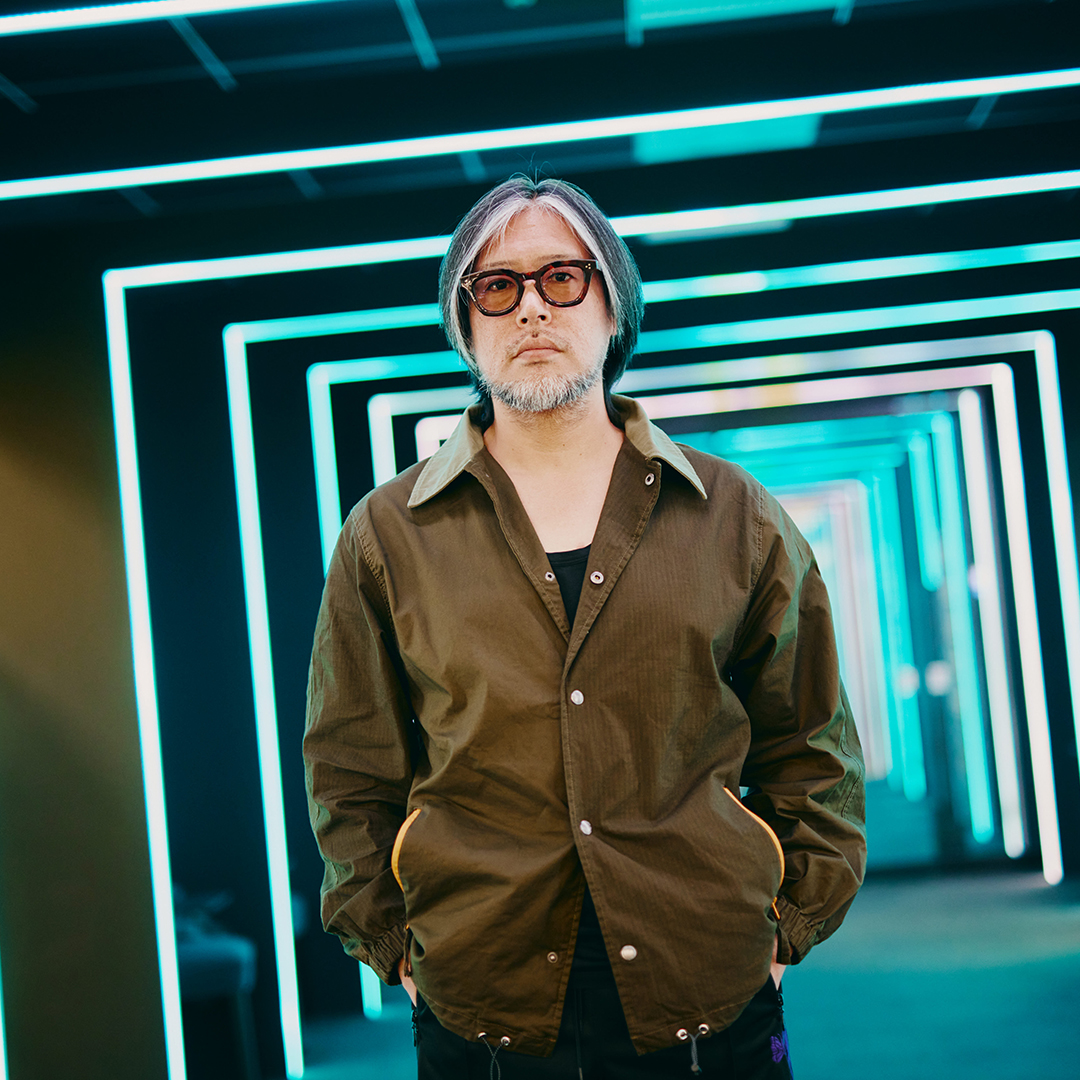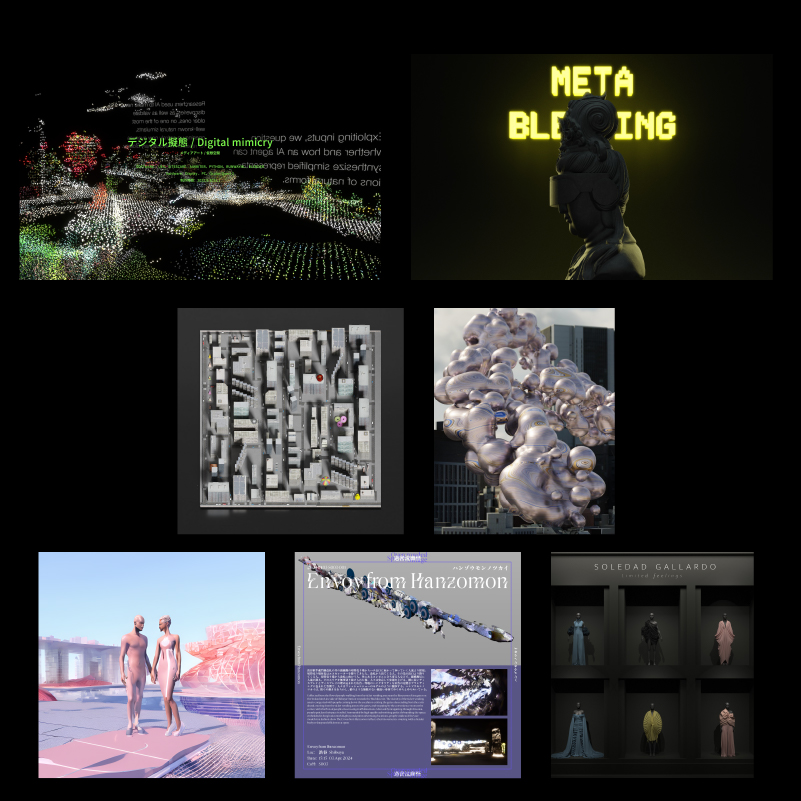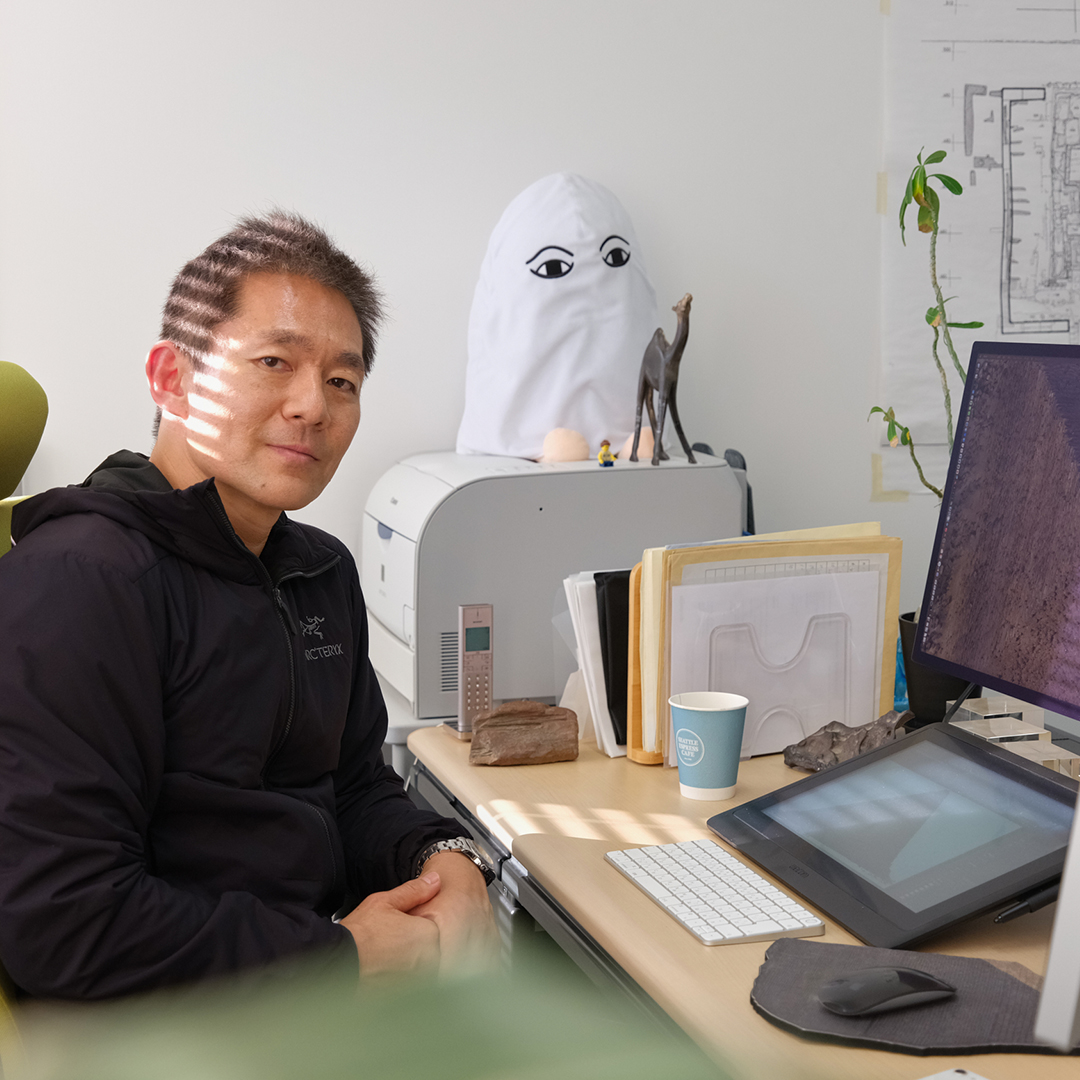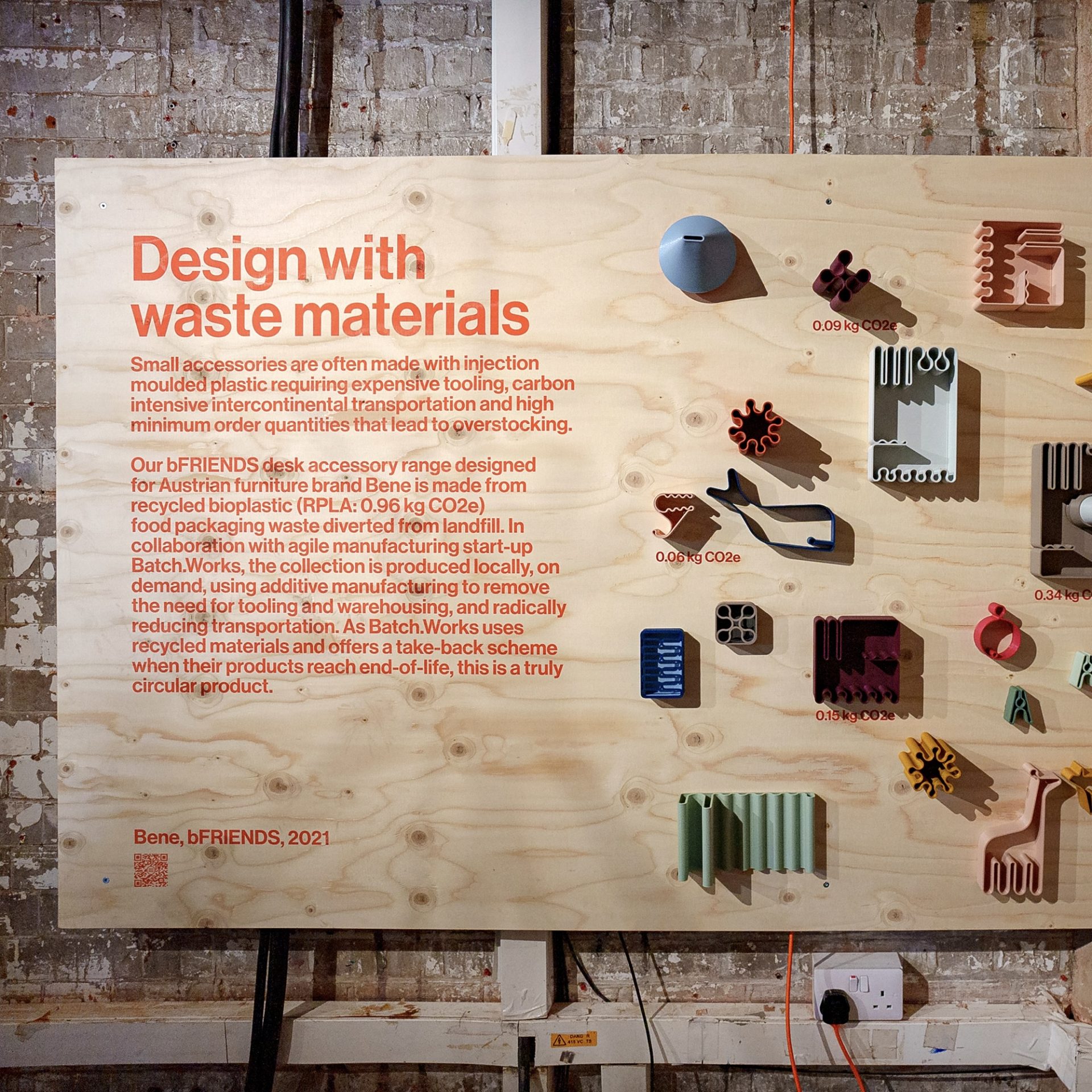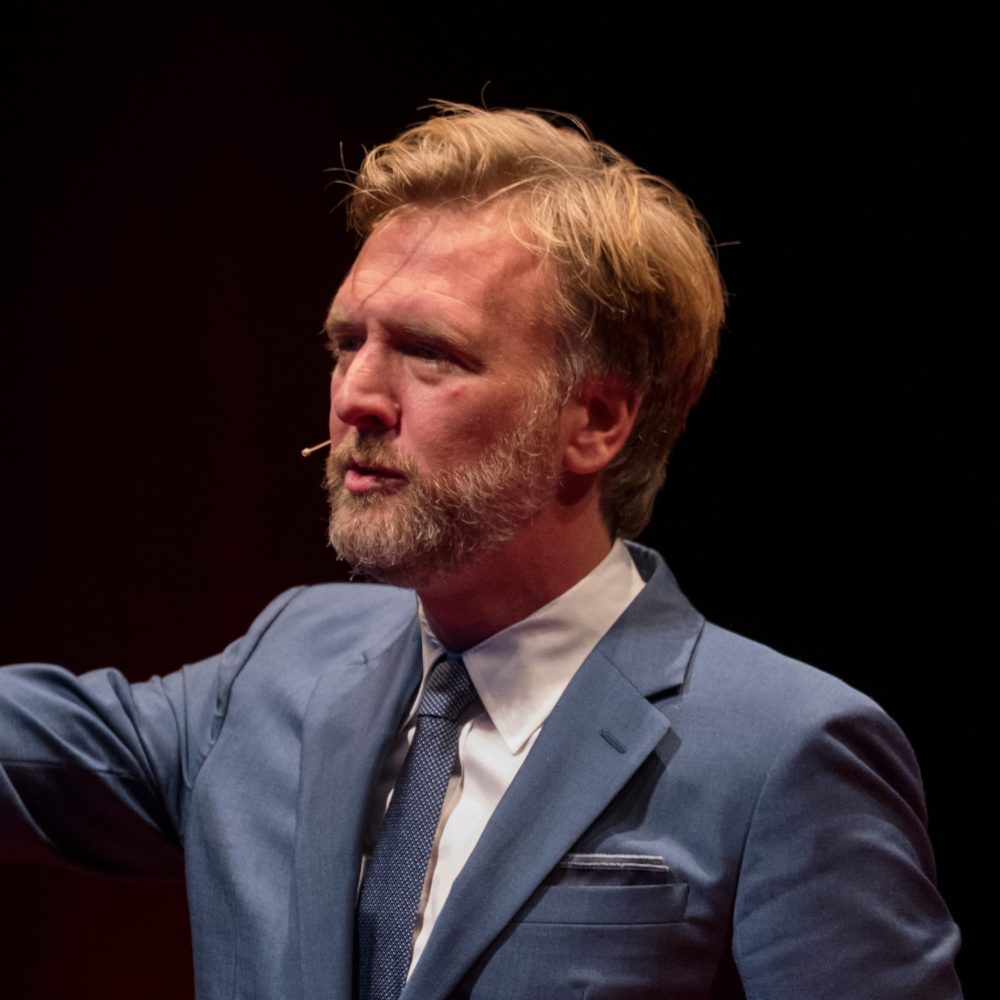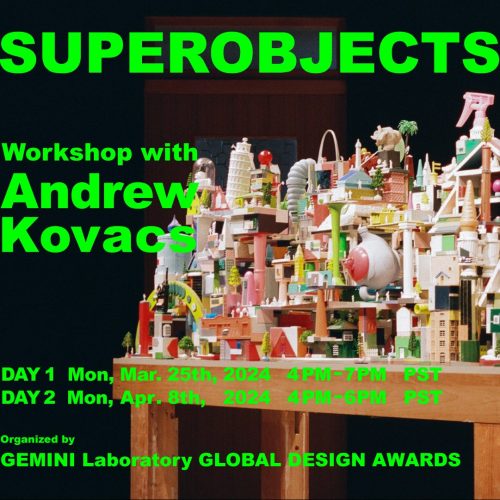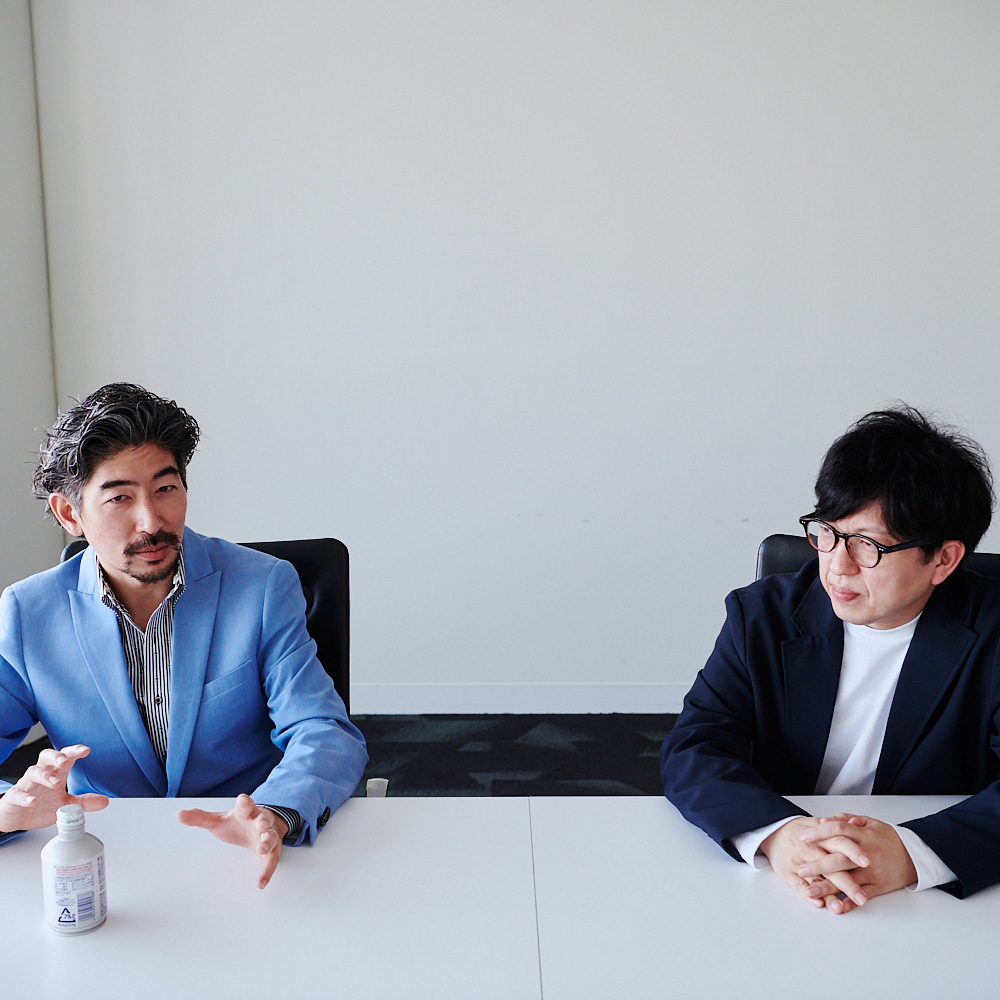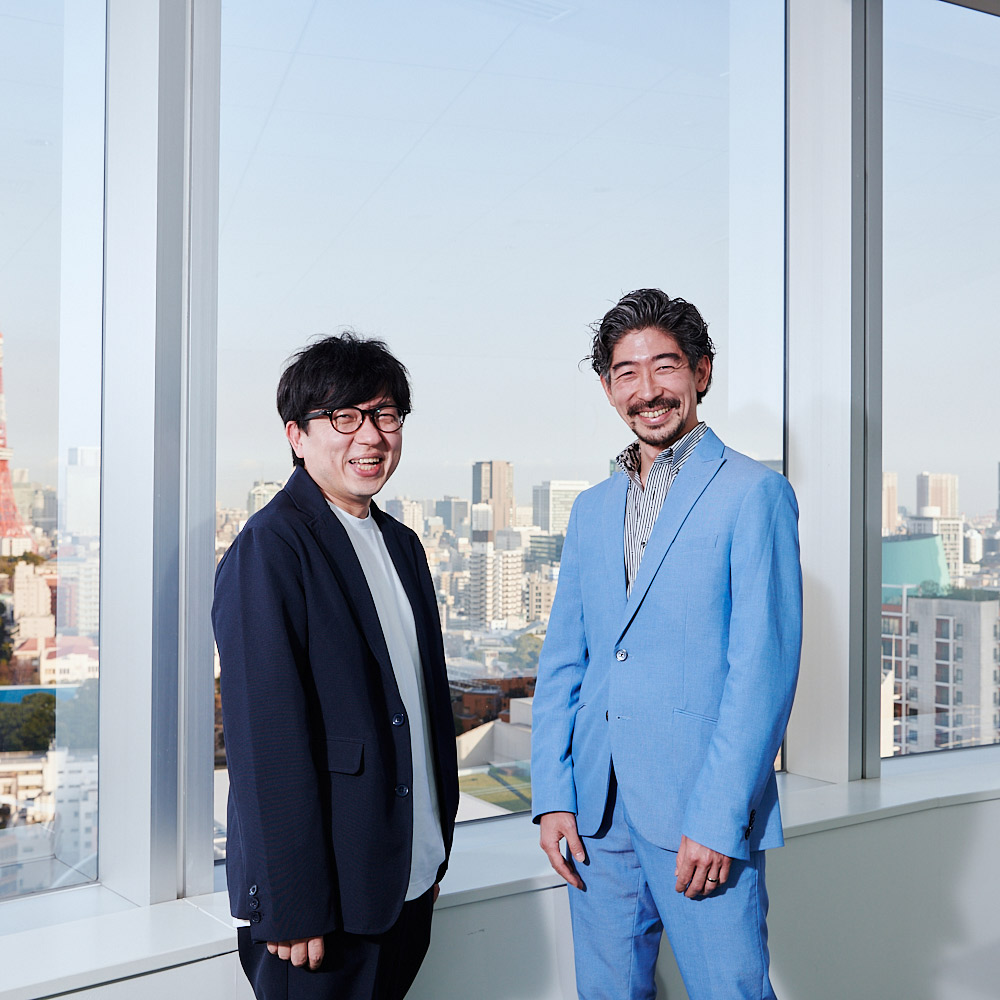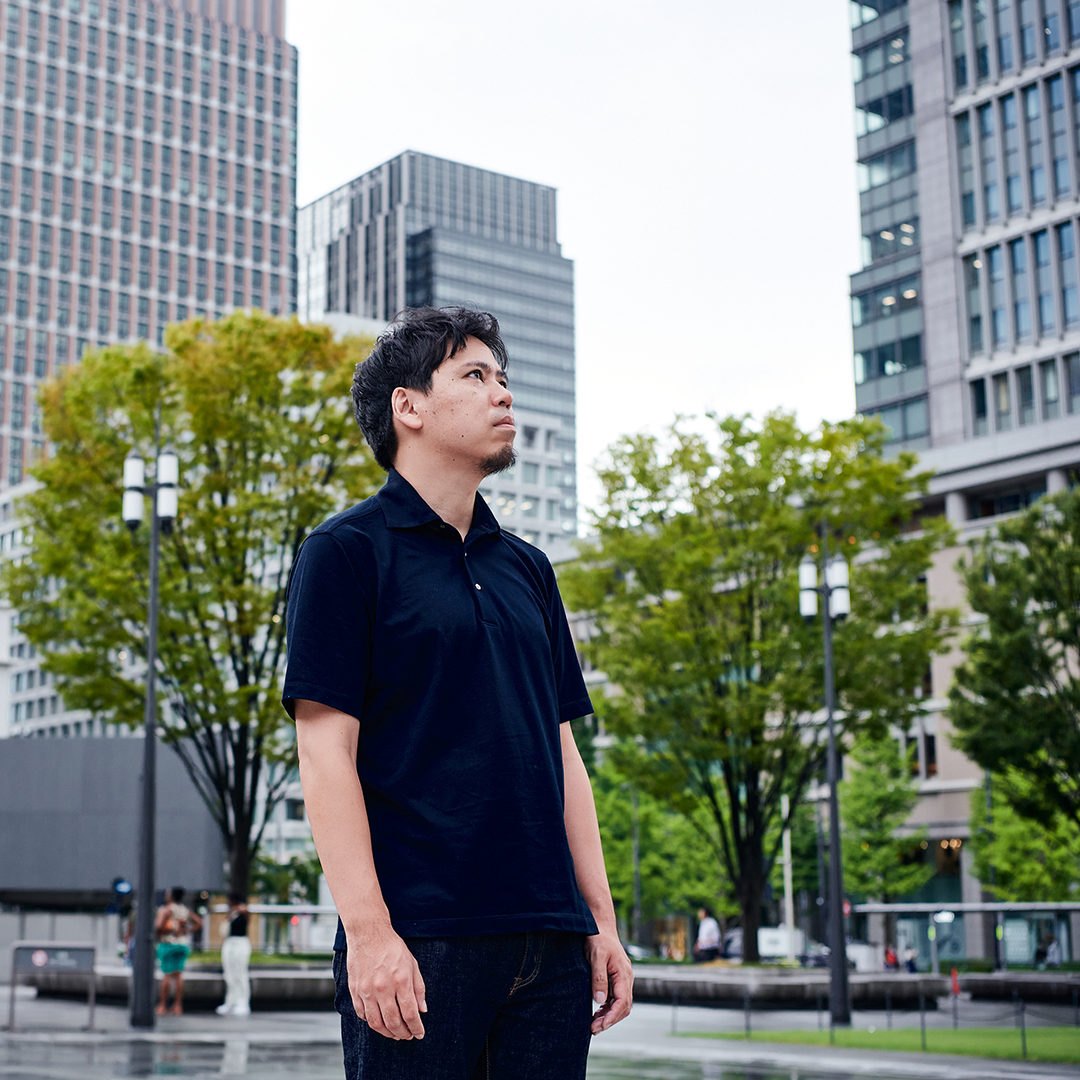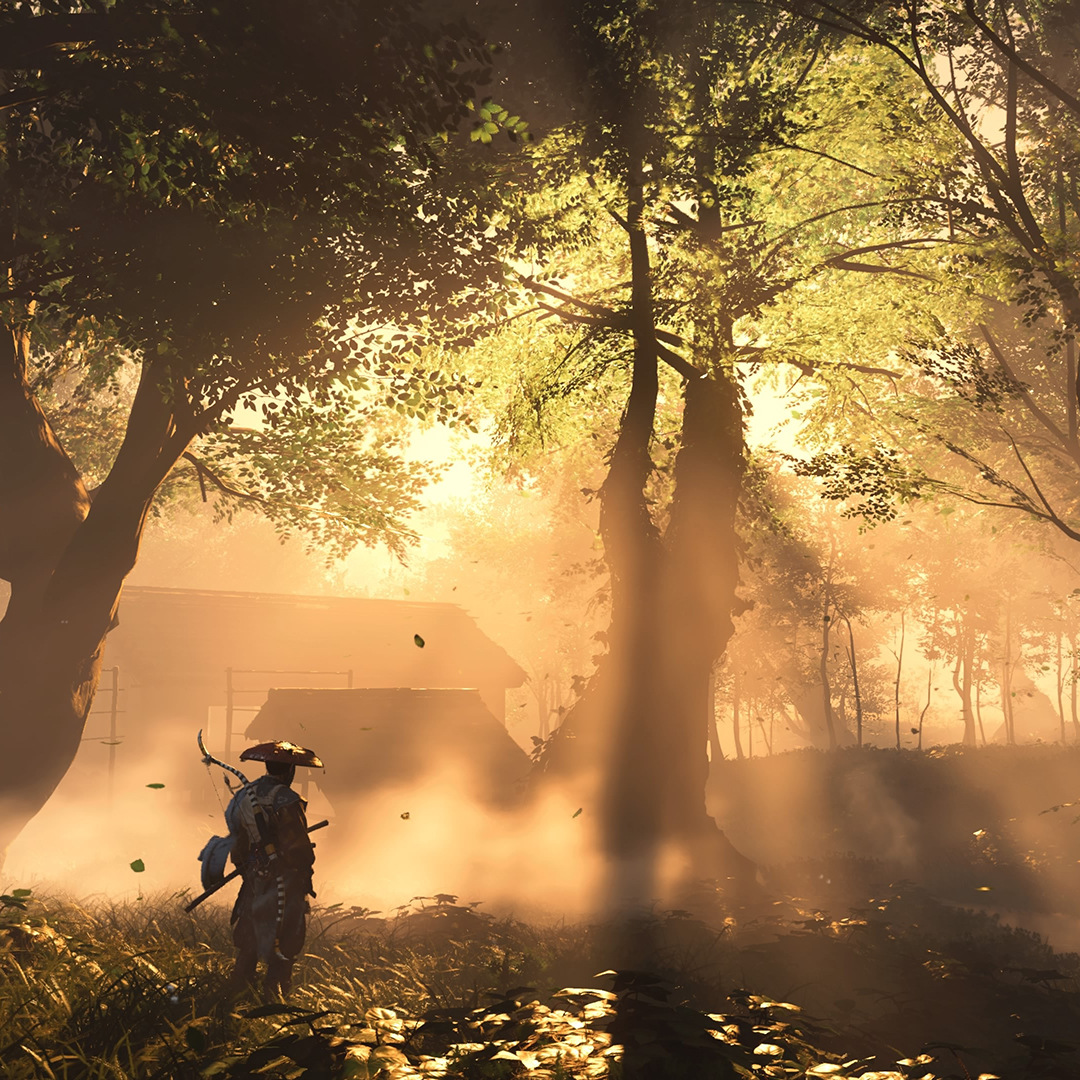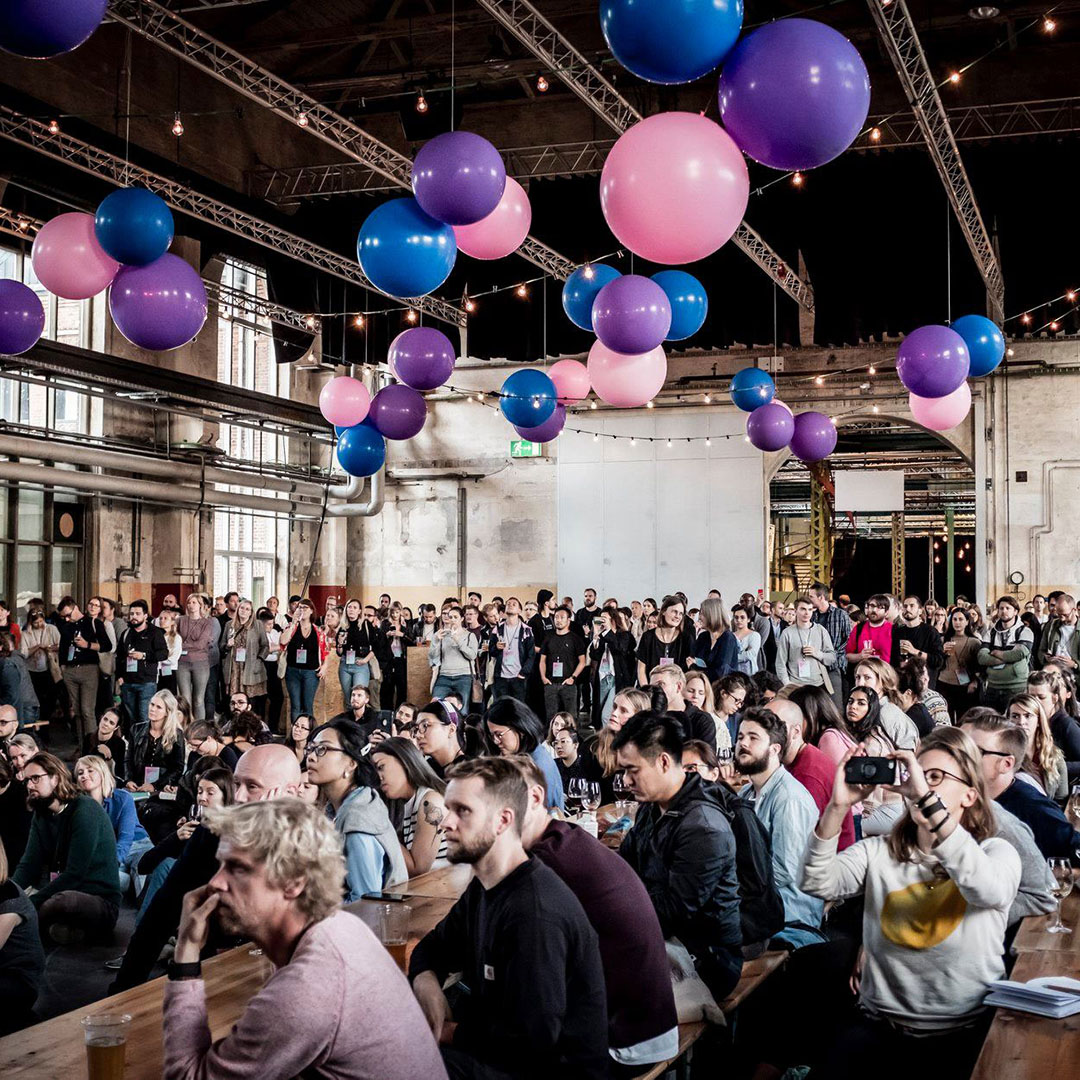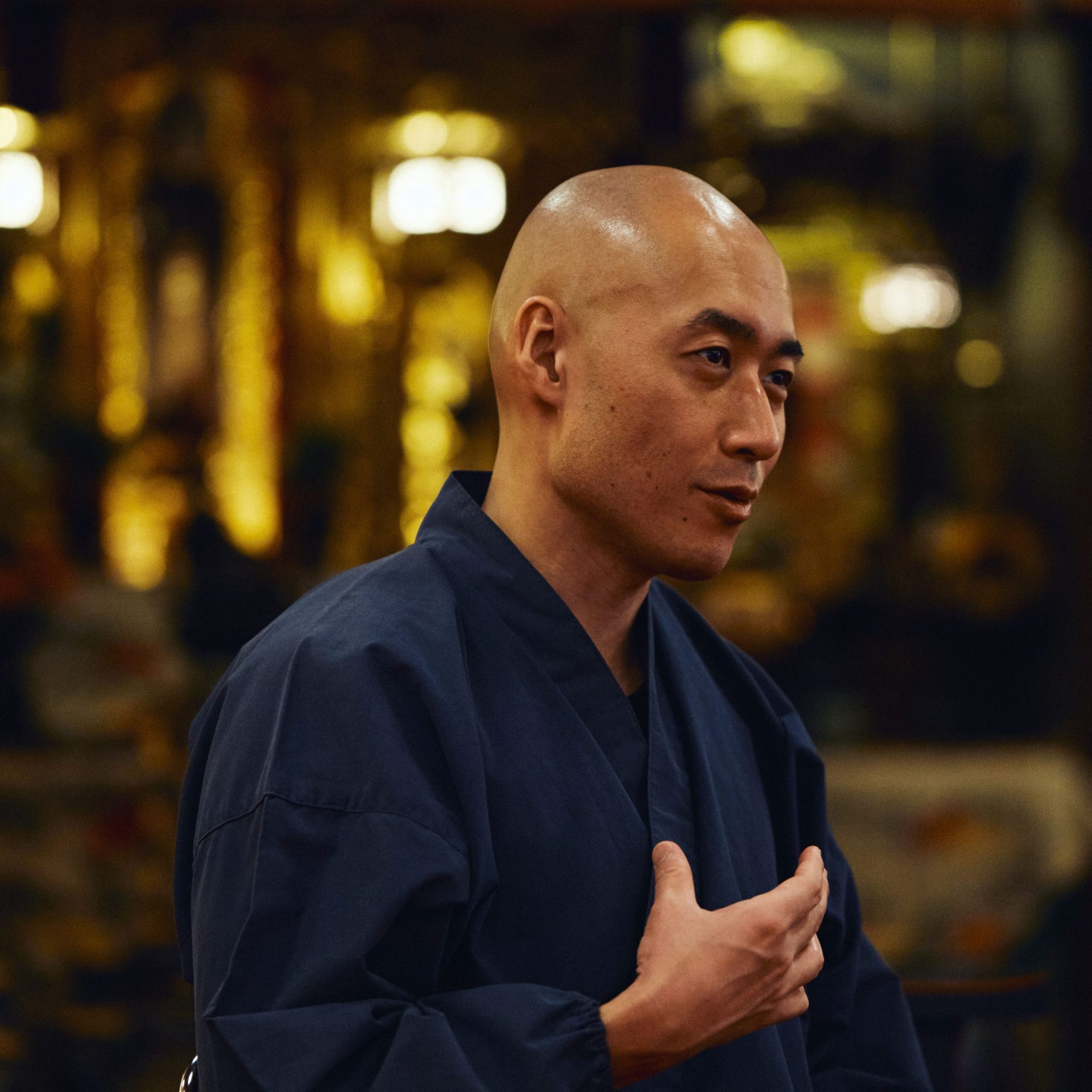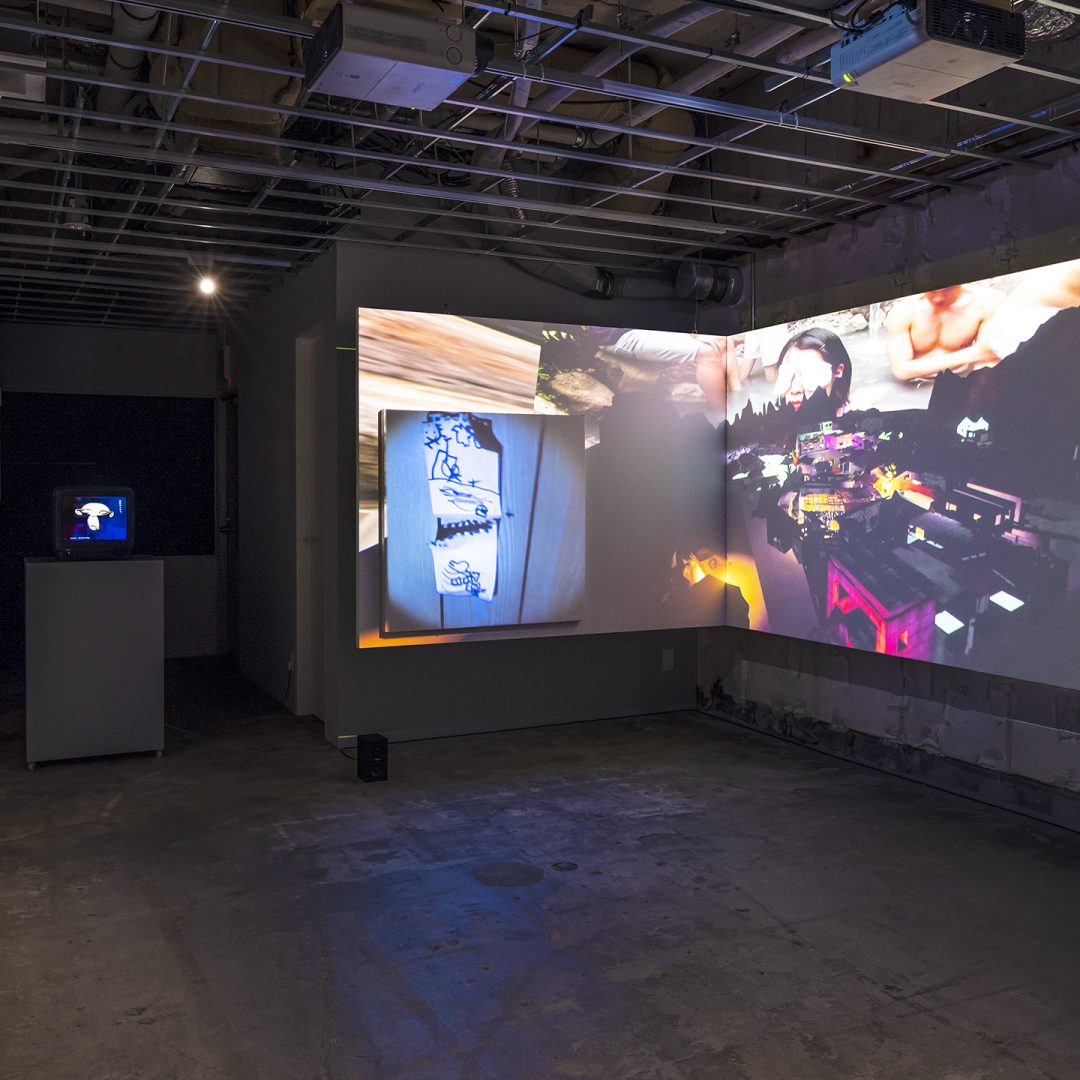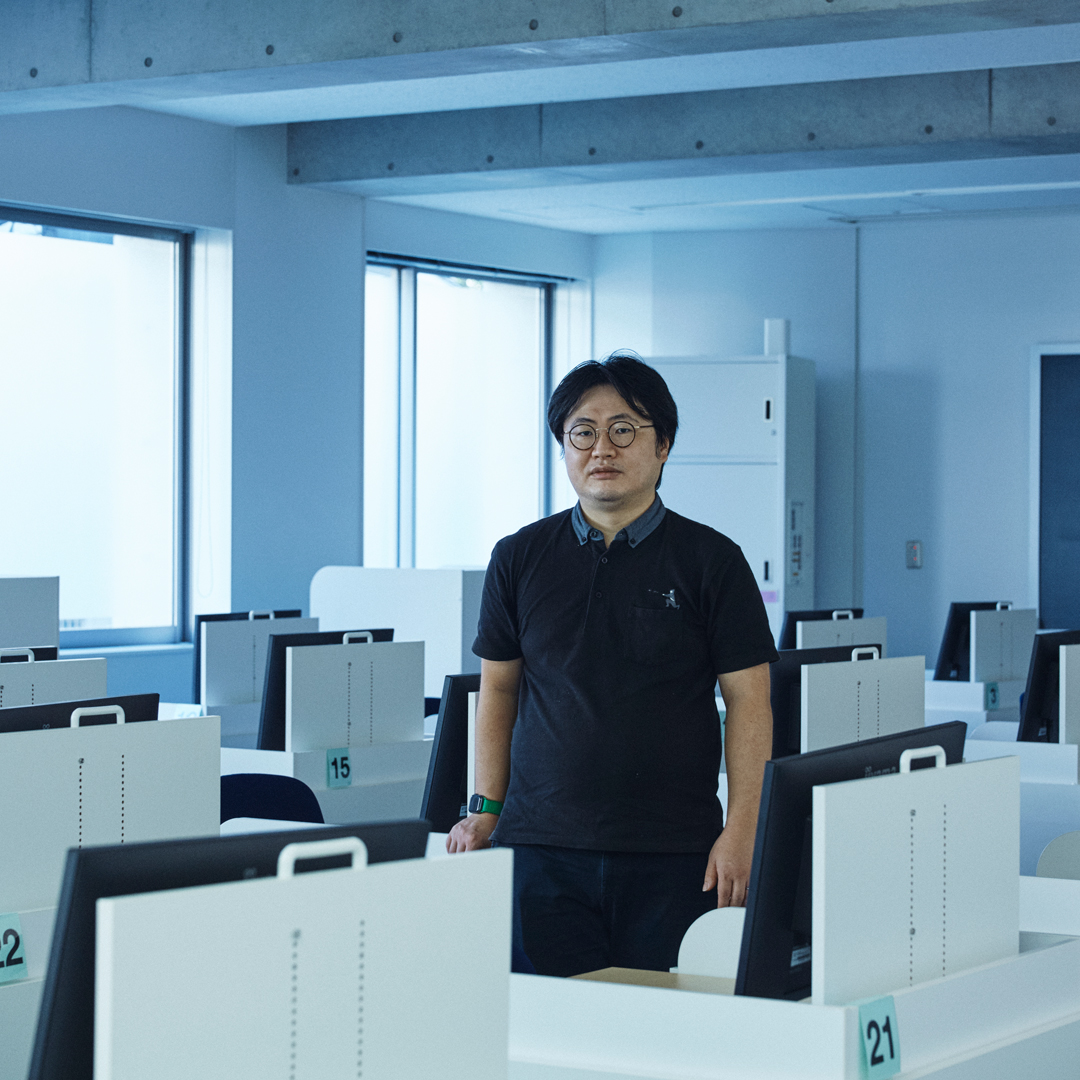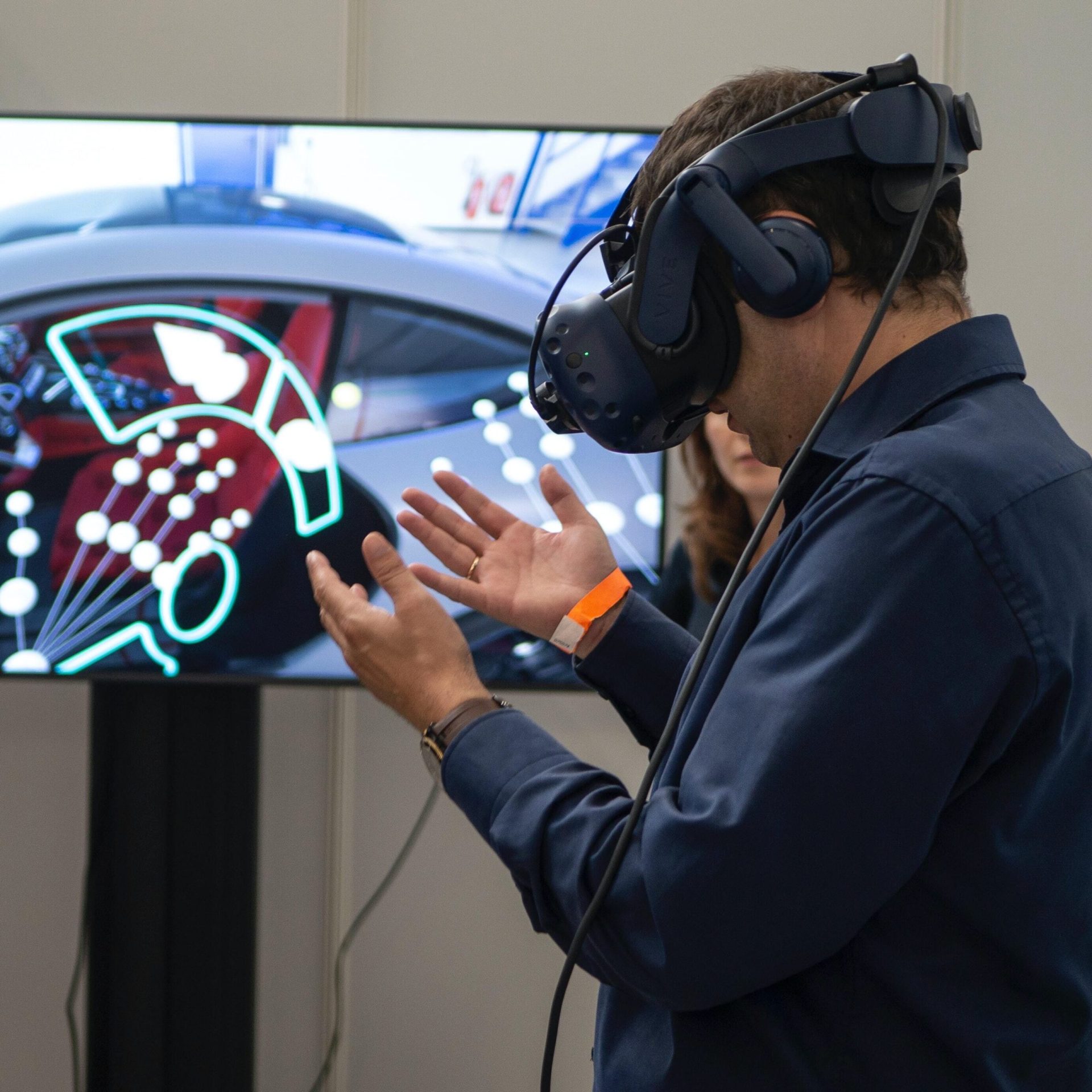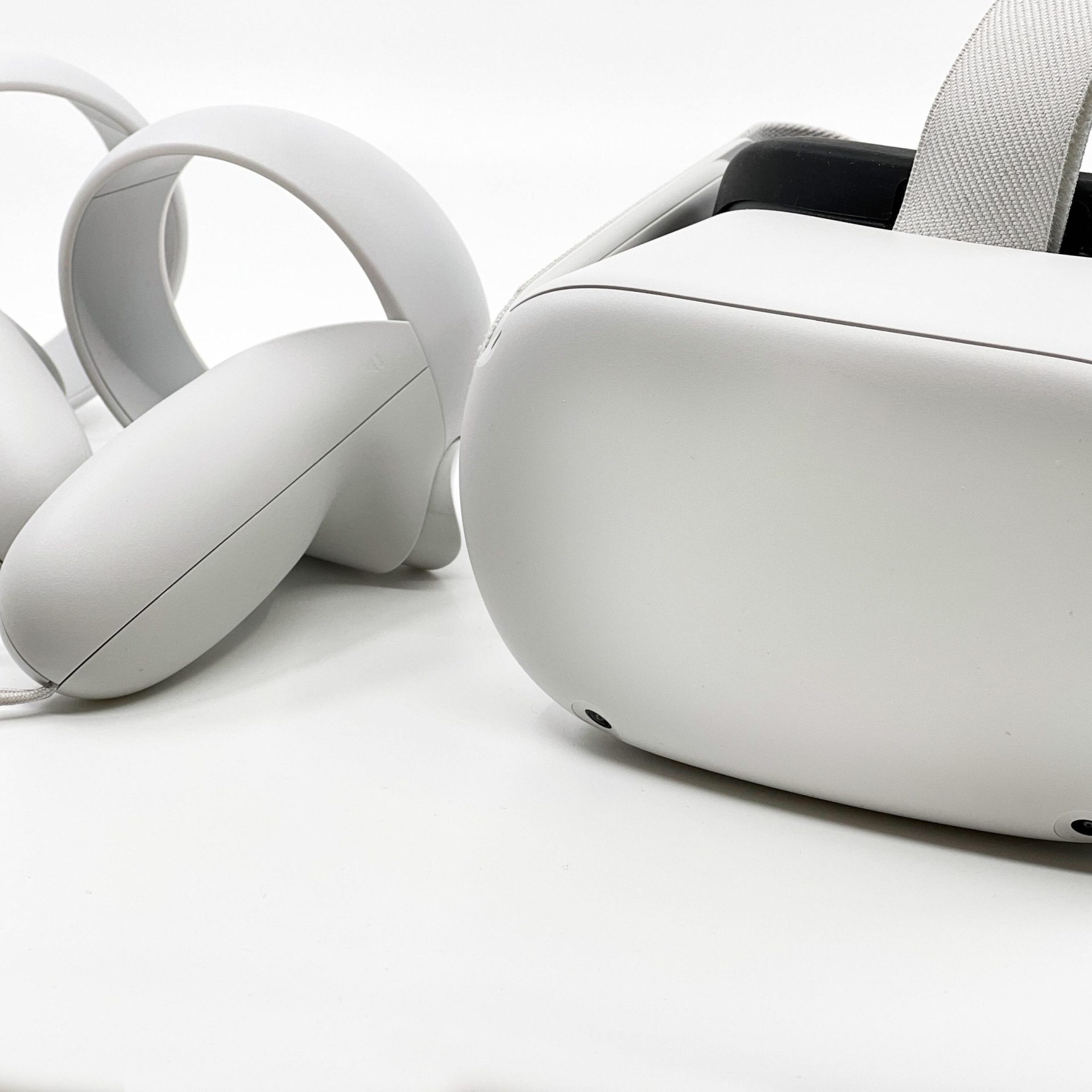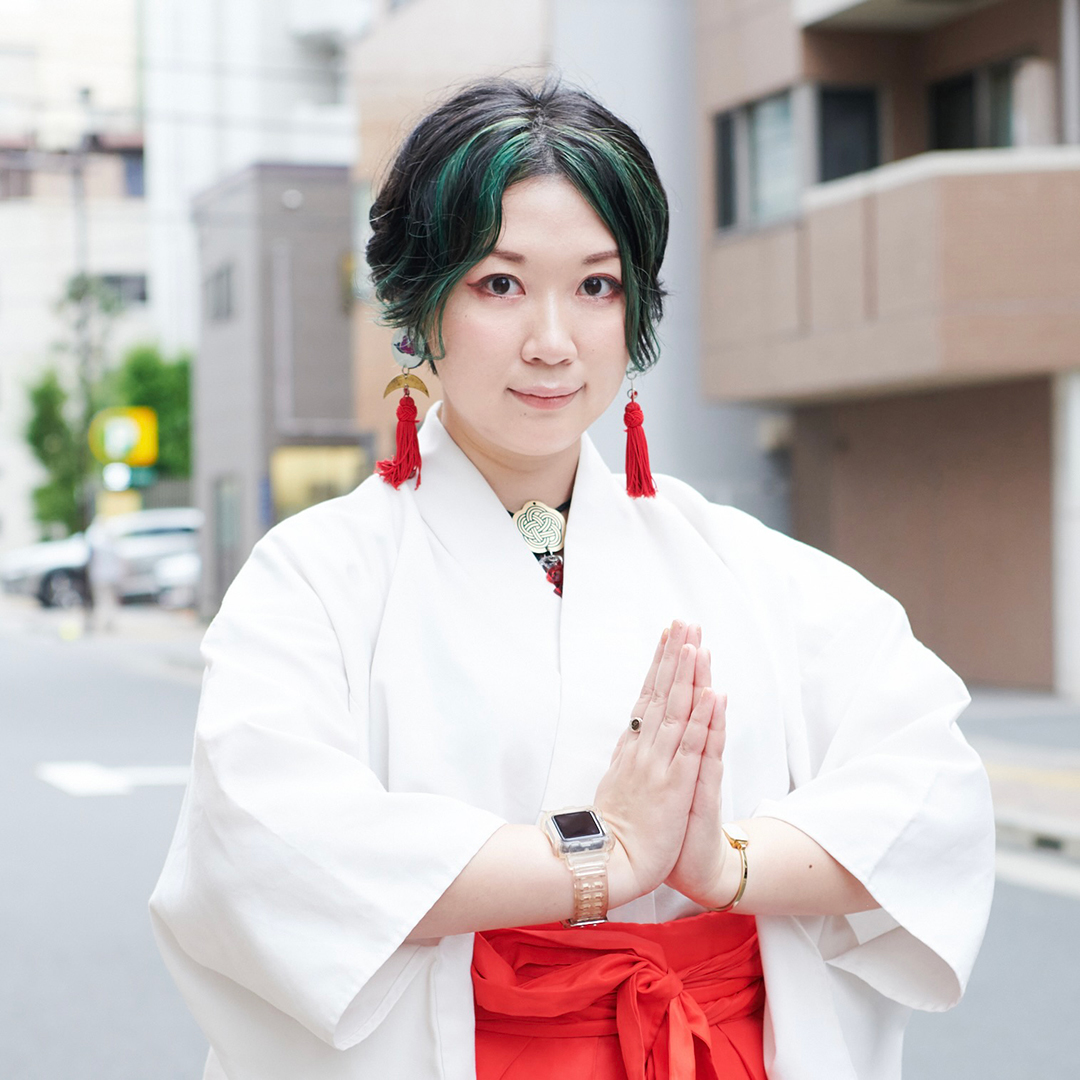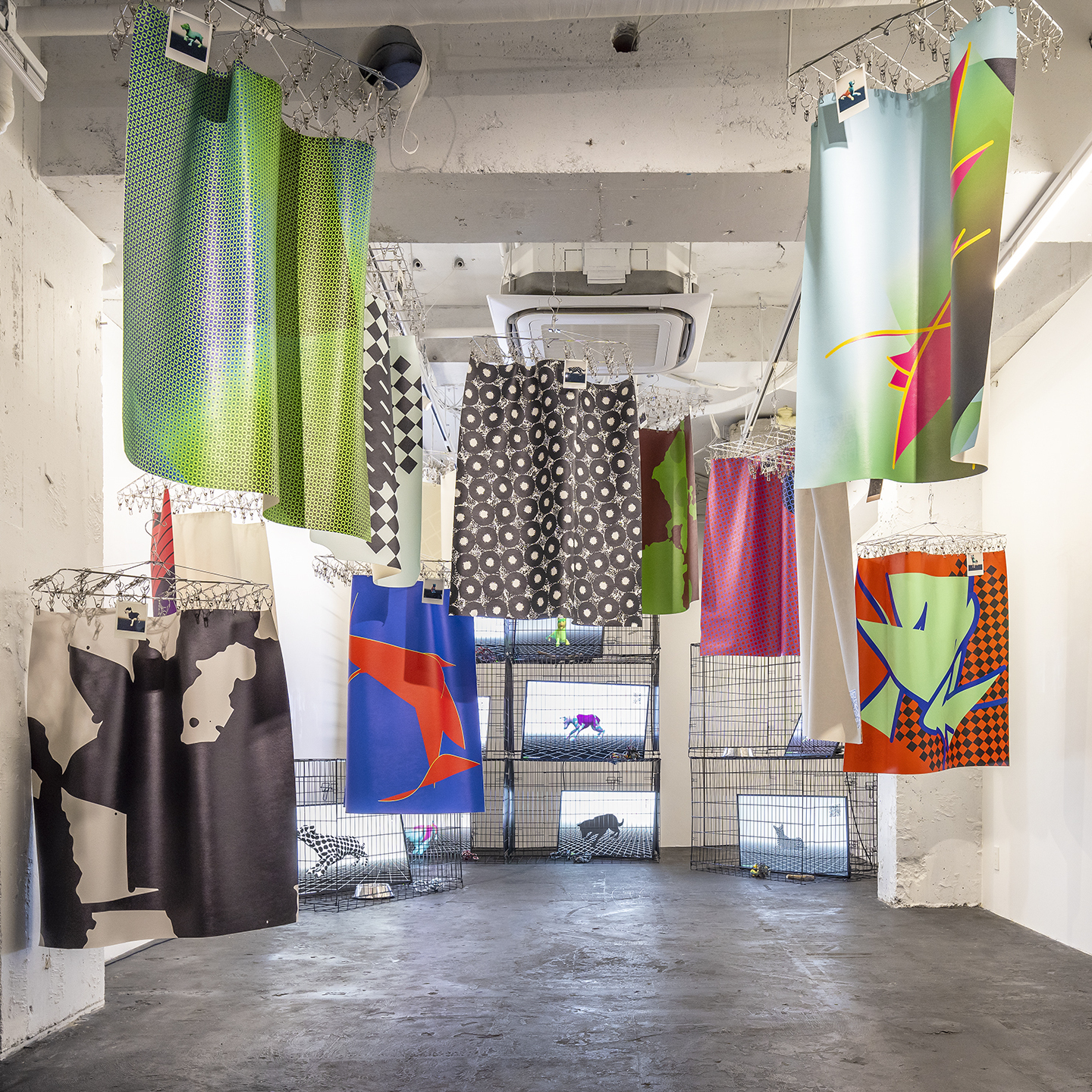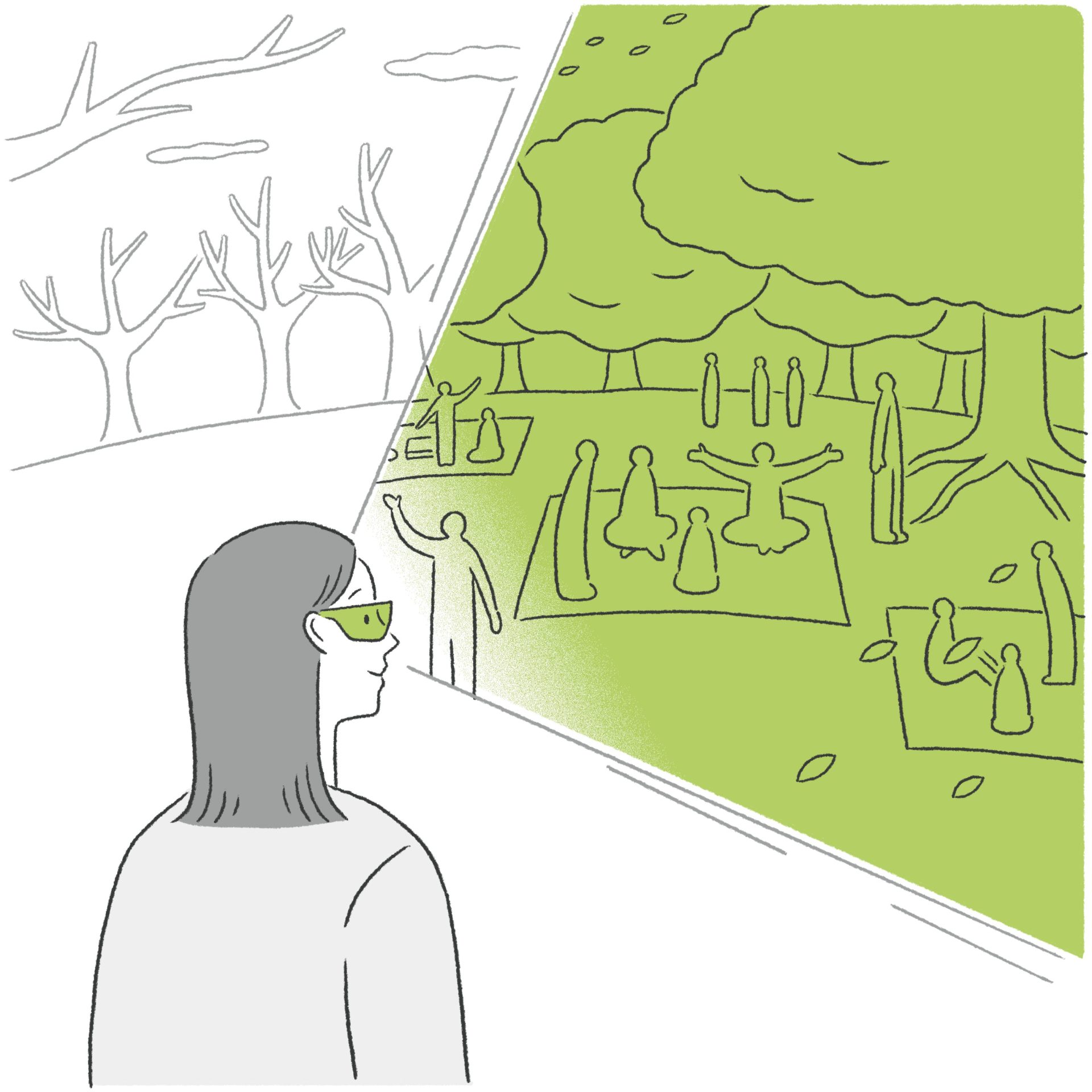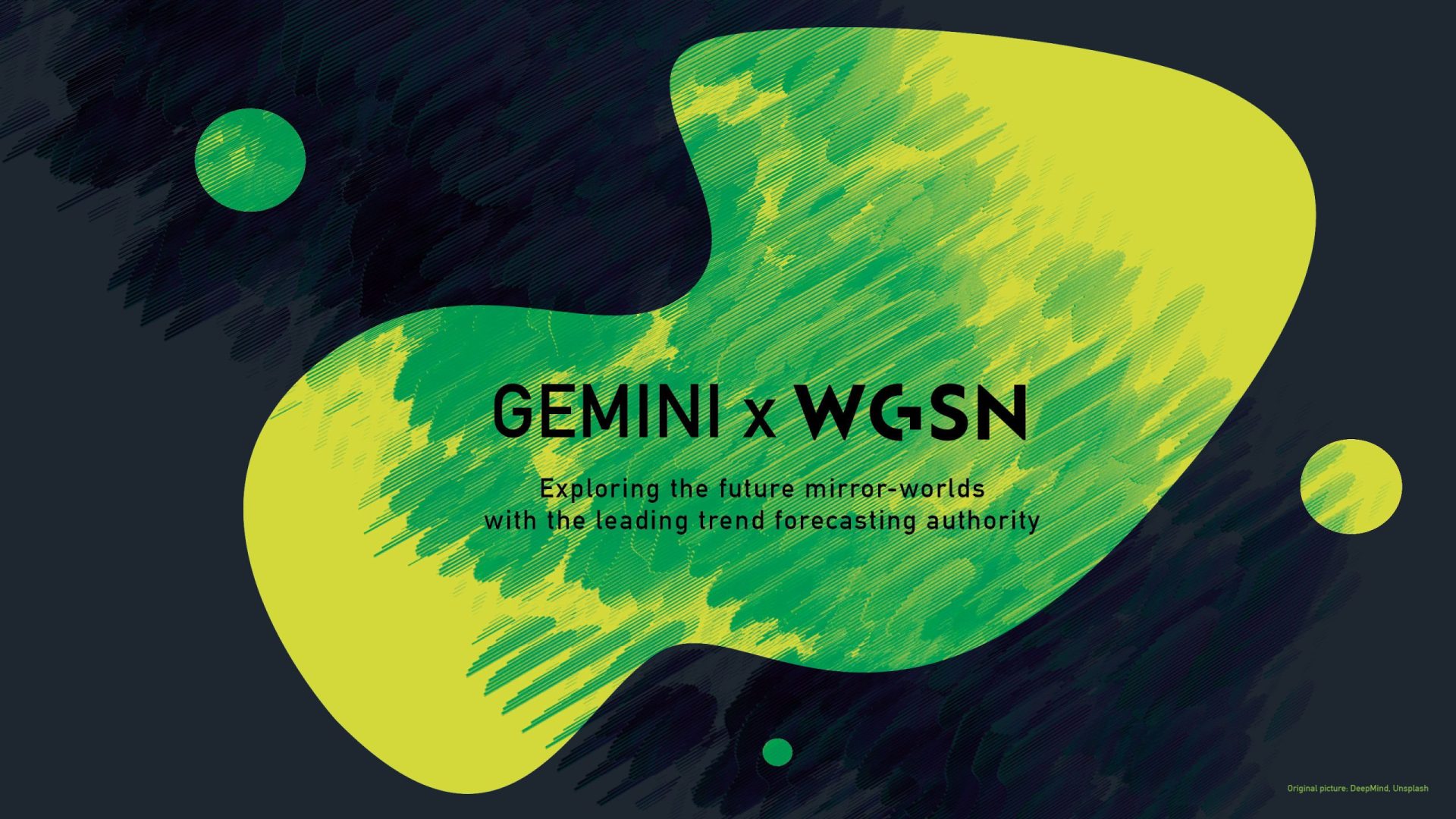The virtual space service “Second Life,” which became popular in the mid-2000s and continues to this day, can be said to be the forerunner of the Metaverse, which is currently attracting attention. Keiji Mitsubuchi, a professor at Digital Hollywood University who is known as a leading expert in Second Life research in Japan, sees the innovativeness of Second Life in the creation of a large-scale economic zone led by creators. In order for the Metaverse to continue, Dr. Mitsubuchi said, “Economic activity within the space is essential.” We asked him about the reasons why Second Life was able to create its own economic zone, the possibilities for the future of the metaverse that can be learned from this, and the user-centered attitude that companies should have.
It is not enough for users to play freely for the Metaverse to continue
─ For this interview, I read your 2007 book “Second Life no Arukikata” (“How to Walk around in Second Life”). At this point, the concept of metaverse had already appeared.
Mitsubuchi: The term metaverse itself appeared in the science fiction novel “Snow Crash” (written by Neal Stephenson) published in 1992, but I think Second Life was the catalyst for its widespread use. Philip Rosedale, the founder of Second Life, read this novel and thought, “I want to create this kind of world.”
The current boom is likely triggered by the spread of VR-related services and the announcement of Meta in October last year (Facebook in the United States changed its name to Meta in October 2021 and announced that it will focus on building the Metaverse). However, I personally think that Second Life embodies the philosophy of the metaverse more deeply than what is currently called the Metaverse.

─ It’s surprising to hear, because Second Life has a strong impression of being a service of the past, but what makes you say that?
Mitsubuchi: The first is whether or not there is an economic zone. Certainly, games such as Fortnite and Animal Crossing: New Horizons, which are often cited as examples of a metaverse, not only allow the users to simply enjoy the content provided by the maker like conventional home games, but also provide them with the freedom to find their own way to play. Even so, however, playing there is dependent on the game, and if the game company stops updating, the number of users will decrease.
For a metaverse to continue, it is not enough for users to play freely, it is necessary to create economic activity there. What makes Second Life innovative is that it allows users to freely trade items such as clothes and buildings that they have created. The GDP of Second Life is about 80 billion yen when converted to Japanese yen. I think that a metaverse has a unique value that is not just an extension of the real world only when an economic zone of that scale is created.
─ Why did so much economic activity emerge in Second Life?
Mitsubuchi: I think there are several reasons. The first is that users have a need to distinguish themselves from others. Even if you use the default avatar at first, you will gradually want your own original avatar. From there, you can gradually modify your avatar by making your own parts or purchasing items made by others. Since making and selling, as well as buying from others, become commonplace, an economic sphere is born.
And the reason why it is possible to buy and sell in Second Life is that the intellectual property rights of the things created there belong to the users themselves, not to the operating company. There are no commissions for manufacturing or selling. In addition, the creator’s name will be credited to the created item.
Users are free to create and sell within Second Life, and there are rewards. I think that the economic zone has grown so far because of that sense of security.
Explore some mainland in Second Life and make your way to the Salt & Siren Coastal Cafe for an afternoon of good conversation, delicious treats, and a dose of caffeine.
Take the teleport: https://t.co/u7cprRDrQ0#SecondLife #ExploringMainland #Metaverse #SecondLifeDestinations pic.twitter.com/jHdiOYeimn
— Second Life (@SecondLife) September 8, 2022
What are the conditions under which “prosumers” (who both produce and consume) are born?
─ Was this user-first approach a design philosophy from the beginning?
Mitsubuchi: Basically, yes. The founders of Second Life wanted to create “prosumers,” or individuals who both produce and consume. This is a concept originally proposed by Alvin Toffler (American futurist) in “The Third Wave” (1980), and in essence, he believed that if a platform is created where users are both producers and consumers, the place will become sustainable and active.
So the basic idea of Second Life is to make creators earn money first. For that reason, it is a business model that earns revenue not from fees for creator activities, but from other parts (paid account fees, currency exchange fees, land leases in Second Life, etc.).
In fact, the management once tried to charge a fee for manufacturing, but at that time residents held a protest within Second Life, and as a result, the fee setting was withdrawn. From this, it can be said that Second Life is not a service provided by a management company, but a space that has been created together in a tense relationship between users and management.
I sometimes call it “meta-democracy,” but in short, Second Life is like an experiment in which you ask yourself, “What happens if we manage a place while listening to everyone’s opinions?” It’s been going on for about 20 years, even though things like demonstrations have happened in the process. I think this is very suggestive when thinking about today’s Metaverse.
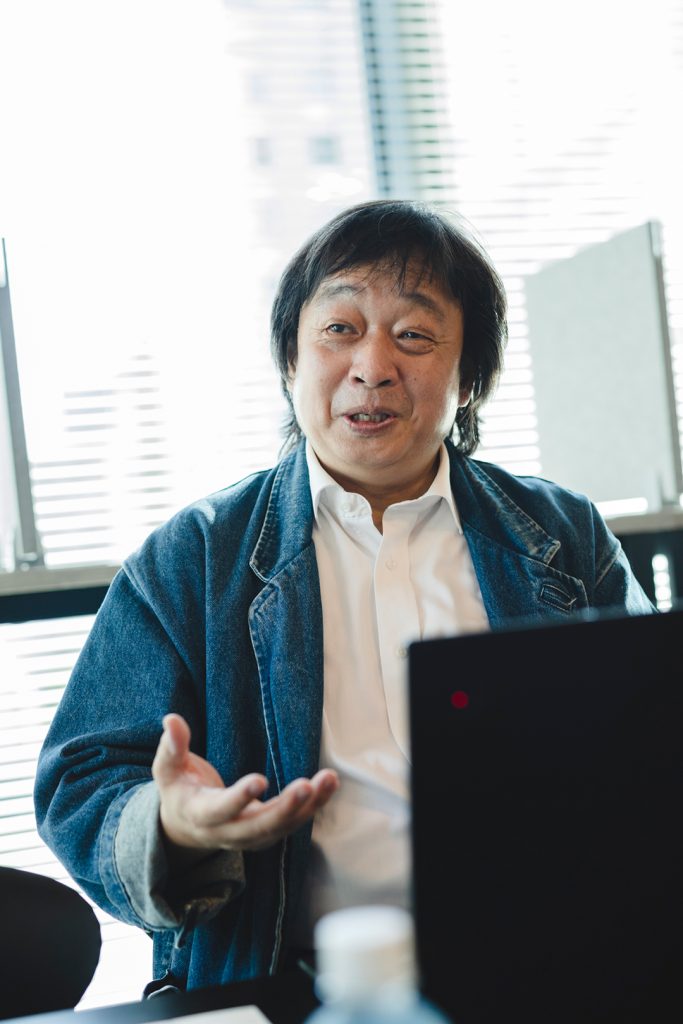
─ Going forward, what is needed to create services and communities that are comparable to Second Life?
Mitsubuchi: Services created by companies are inevitably expected to be profitable, so they end up making the service earn money for themselves and not for the creators. If that is the case, it will be difficult to create a playground that puts creators first.
The reason why Second Life has become so popular is not that it provided a rich virtual space from the beginning. Immediately after the release, it was just an empty space, but by opening it up to users, people began to build buildings on their own, and it took on its current form.
The reason why users act voluntarily is that it is rewarding to be creators because of the payback as I mentioned earlier. Nowadays, there are almost no services that take the stance of “make what you want and earn what you want,” so if something like that were to come out, I think it would take the world by storm.
In the end, the reason people come and drop money is that there are attractive people there. In order to entice these attractive people, you need to provide them with freedom and profitability. As a result of their acting freely, people gradually gather, and the space itself becomes profitable. If you try to make money from the beginning, you won’t be able to gather attractive people, so you won’t make money in the end. I feel like there are a lot of companies and marketers who don’t understand that.

Metaverse compatibility born from avatars
─ Second Life has been around for more than 15 years, and there are a considerable number of user-created assets. It seems like it is quite difficult for new entrants to overcome that barrier.
Mitsubuchi: It may be difficult to create a new metaverse from scratch, but it would be a lot easier if you could use Second Life assets as they are. For example, I would like to create a spatial OS that allows compatibility between individual metaverse spaces.
This is an image of various metaverses and games connected to a 3D OS. Individual virtual spaces used by users, such as offices, can be freely developed by companies and users to be compatible with the base spatial OS. The user side will be able to choose various places according to the needs of the time without being conscious of switching platforms.
─ In the gaming industry, multi-platform is becoming mainstream, where one game title can be played in the same way on different environments such as PS5, Switch, PC, and smartphones. Is that a similar concept to this?
Mitsubuchi: Exactly. And the important thing in terms of compatibility is the existence of avatars. If an avatar created in one metaverse can be brought to another metaverse, the user can switch between worlds without stress, and it will motivate them to spend money and improve their skills for that avatar. If such compatibility of avatars can be realized, I think that all services related to metaverses will be seen as one connected world.
Creating basic infrastructure for “creating and living”
─ When you think of the economic zone of prosumers in Japan, doujin culture such as “Comiket” (comic market) and secondary creation culture come to mind, but I have the impression that secondary creations involve copyright issues.
Mitsubuchi: That is also a problem of the system. I think most problems would be solved if we could create a technology that would automatically return the profits to the original licensors when the prosumers made a profit from their secondary creations.
Rather, if we could create a platform where people could freely use various Japanese IPs and earn money, they would be able to earn more and more foreign currency, and as a result, primary creators and the industry as a whole would benefit. In fact, we conducted a similar experiment in 2009 called a special cyber zone.

Mitsubuchi: This is an experiment supported by the Ministry of Internal Affairs and Communications, where we purchased licenses for video, music, characters, and more, and created a license pool. The creators registered in the special zone were allowed to freely use the licenses, and the content they created was sold. A portion of the proceeds would go back to the rights holder as a fee. If you can properly trace the sales and revenue generation there, it will work fine as a business model.
At that time, we didn’t implement anything after the experiment and have been saying the same thing for more than 10 years.
─ What is necessary to realize such a business model?
Mitsubuchi: It must be an easy-to-understand success story. Right now, we are in the process of planning a new demonstration experiment for so-called basic infrastructure.
This project will create a place where, in addition to food, clothing, and housing, PCs, infrastructure technology, schools, childcare facilities, and more will be provided free of charge with the cooperation of the local government. The idea is that the people who live there will be able to freely create things using the 3D technology while learning that technology at school.
I think that what is overwhelmingly lacking in Japan today is time and opportunities. This is an experiment to see what would happen if we provided a basic infrastructure that would free people from the need to earn money in order to live.
I’d like to start with 1,000 people, but I don’t think it’s necessary for everyone to become creators at all. Even just 10% would be enough. If even one unicorn company is born from there, the investment will be recovered. They will use Japanese IP to create digital assets, goods, secondary creations, and more for overseas markets, and sell them overseas. It’s a mechanism to return the profits to the original creators, rights holders, and areas that provided food, clothing, and housing.
Currently, we are discussing with economists and other experts to come up with a model that will not collapse economically. I would like to raise funds to continue for at least 10 years.

It is meaningless unless the user earns money, not the company
─ It seems that there are a lot of people who would like to do various things in their spare time if they were freed from work to make a living.
Mitsubuchi: Personally, I think Japanese people are a little too serious, or overworked. In Japan, there are many skilled people who make things as a hobby, even if they are not professionals. I feel that there are many people who like to work with their hands. I would like to provide time and an environment that allows these people to create a variety of things, while at the same time building a system that allows them to make good money from their creations.
On the other hand, it’s also a chance for the type of people who don’t have anything that they want to do but have a lot of time. Manufacturing in the metaverse can be done without capital, and the only thing you need is time. To put it to the extreme, everything from a single stone needs to be created by the users, so there is no limit to what can be done.
For example, if you take the plastic bottle in front of you now, someone needs to take a picture with a camera and turn it into 3D image. Furthermore, if you let the system learn a number of plastic bottles and make it possible to generate new plastic bottles by automatic synthesis, that alone would be worth a small amount of money. I would like to encourage people who have no money but have time to take on this challenge.
As was mentioned in the Second Life philosophy, it ends up being meaningless unless people, not companies, can make money. I think that’s the only way to take advantage of the potential of the metaverse. If a few people start using this system and say, “I can make a living working three days a week,” I think people will change their tune. If that happens, it would be a win-win situation.

Guest Profile
-
Keiji Mitsubuchi
Keiji Mitsubuchi
Born In Tokyo In 1961. Graduated From Stanford University With A Master's Degree In Computer Mathematics. He Is Involved In Research On Artificial Intelligence And Image Recognition At Omron. After Leaving The Company, He Ventured In The United States. Founded Company. Later He Founded Nippon Web Concepts In Japan And 3U.COM Inc. In The United States. He Develops Cutting-Edge Web Systems Such As Ubiquitous Information Processing And Image Recognition Systems. In 2004, He Became A Full-Time Professor At Digital Hollywood University Graduate School, Department Of Digital Contents. In 2006, He Was Appointed As Director Of NCG Laboratory At Digital Hollywood University Graduate School, Media Science Research Institute, Also He Is (Ministry Of Economy, Trade And Industry's Next-Generation High-Definition CG Synthesis Research And Development Chief Researcher). In 2008, He Helped Found The Metaverse Association And Became A Board Member. (Ministry Of Internal Affairs And Communications, Management Of Copyrighted UGC In Cyber Special Zones, Senior Researcher) Appointed As AITC Advisor In 2012. In 2014, He Established Virtual IP Production Co., Ltd. And Became Its Representative. In 2019, ToposWare Inc. Appointed As Advisor.
Co-created by
-

Tomoya Matsumoto
Writer
Tomoya Matsumoto
Writer
Born In 1992. From PR Writing To Column Writing. His Main Areas Of Interest Are East Asian Pop Culture And Language Culture. Contributed To "Gender / Personality /
" (Seikyusha, 2022) And "Idol Studies: Perspectives, Questions, Methods For Research" (Akashi Shoten, 2022) . - matsutom0(@matsutom0) / Twitter: https://twitter.com/matsutom0
-
Ryu Maeda
Photographer
Ryu Maeda
Photographer
Photographer Born In 1986. After Working As A Studio Assistant At Studio Ebisu And Then As A Photographer's Assistant, Became Independent In 2014.
- RYU MAEDA: https://ryumaeda.com/
- Ryu Maeda (@Ryumaedamaeda) • Instagram Photos And Videos: https://www.instagram.com/ryumaedamaeda/
Tag
Share
Discussion
Index
Index
Archives
Recommend
Recommend
Recommend
Recommend
Recommend
-

{ Special }
A Mirror World of Asynchronous Space & Time
A Mirror World of Asynchronous Space & Time
A Mirror World of Asynchronous Space & Time
-

{ Community }
Scent Transcends Memory to Change Behavior. The Future of Digital x Olfaction, by Scent Marketing Pro Gouchi Hamada
Scent Transcends Memory to Change Behavior. The Future of Digital x Olfaction, by Scent Marketing Pro Gouchi Hamada
Scent Transcends Memory to Change Behavior. The Future of Digital x Olfaction, by Scent Marketing Pro Gouchi Hamada
-

{ Community }
Taking on social problems through games, “Games for Change” believes that games can offer more than just fun
Taking on social problems through games, “Games for Change” believes that games can offer more than just fun
Taking on social problems through games, “Games for Change” believes that games can offer more than just fun
-

{ Community }
What is ethical fashion? Three brands to check out and the sustainable way to dress
What is ethical fashion? Three brands to check out and the sustainable way to dress
What is ethical fashion? Three brands to check out and the sustainable way to dress
Hot topics
Hot topics
Hot topics
Hot topics
Hot topics
-

{ Community }
Scent Transcends Memory to Change Behavior. The Future of Digital x Olfaction, by Scent Marketing Pro Gouchi Hamada
Scent Transcends Memory to Change Behavior. The Future of Digital x Olfaction, by Scent Marketing Pro Gouchi Hamada
Scent Transcends Memory to Change Behavior. The Future of Digital x Olfaction, by Scent Marketing Pro Gouchi Hamada
-

{ Community }
The stage is a restroom designed by Tadao Ando. Possibilities of media mix that GEMINI pioneers.
The stage is a restroom designed by Tadao Ando. Possibilities of media mix that GEMINI pioneers.
The stage is a restroom designed by Tadao Ando. Possibilities of media mix that GEMINI pioneers.
-

{ Community }
“Conveying the Moment of ‘Now’ in History: Catalan Artist Xavi Bové’s Light Expressions”
“Conveying the Moment of ‘Now’ in History: Catalan Artist Xavi Bové’s Light Expressions”
“Conveying the Moment of ‘Now’ in History: Catalan Artist Xavi Bové’s Light Expressions”
-

{ Community }
“Designing with Heart: How Amanda Talbot is shaping a better future through emotionally intelligent AI”
“Designing with Heart: How Amanda Talbot is shaping a better future through emotionally intelligent AI”
“Designing with Heart: How Amanda Talbot is shaping a better future through emotionally intelligent AI”
-

{ Community }
Unearthing the Future: How ancient history can guide modern innovation with Darius Arya
Unearthing the Future: How ancient history can guide modern innovation with Darius Arya
Unearthing the Future: How ancient history can guide modern innovation with Darius Arya
-

{ Community }
Interview with Masayoshi Yokoyama from Ryu Ga Gotoku Studio. Talks about reality in games and the future of the industry
Interview with Masayoshi Yokoyama from Ryu Ga Gotoku Studio. Talks about reality in games and the future of the industry
Interview with Masayoshi Yokoyama from Ryu Ga Gotoku Studio. Talks about reality in games and the future of the industry
-

{ Community }
The new form of pilgrimage. What is the border of real and fictional worlds that Petra Szemán pictures?
The new form of pilgrimage. What is the border of real and fictional worlds that Petra Szemán pictures?
The new form of pilgrimage. What is the border of real and fictional worlds that Petra Szemán pictures?
Special
Special
Special
Special
Special
Featured articles spun from unique perspectives.
What Is
“mirror world”...
What Is
“mirror world”...
What Is
“mirror world”...
What Is
“mirror world”...
What Is
“mirror world”...
“mirror world”... What Is
“mirror world”... What Is
“mirror world”... What Is
“mirror world”... What Is
“mirror world”...
Go Down
Go Down
Go Down
Go Down
Go Down
The Rabbit
The Rabbit
The Rabbit
The Rabbit
The Rabbit
Hole!
Hole!
Hole!
Hole!
Hole!
Welcome To Wonderland! Would You Like To Participate In PROJECT GEMINI?

